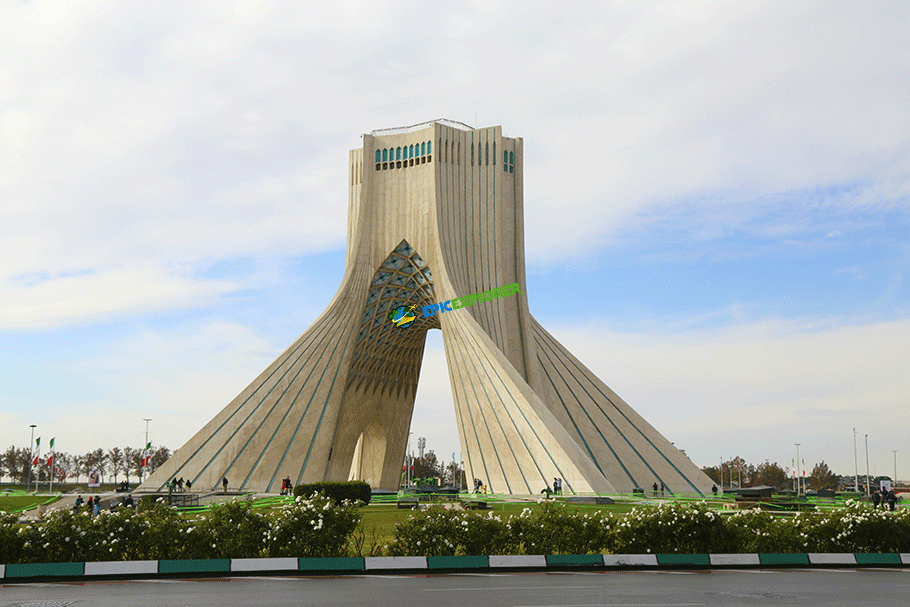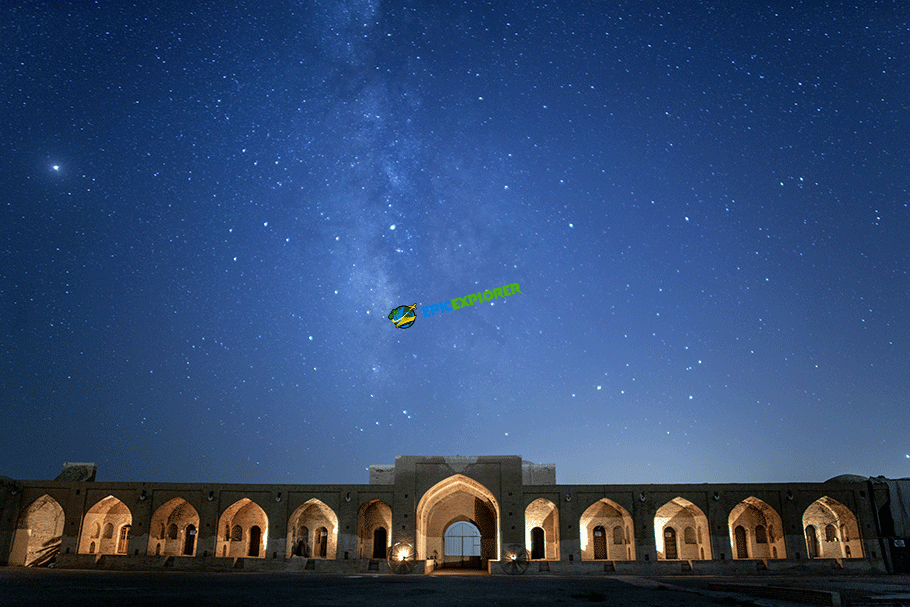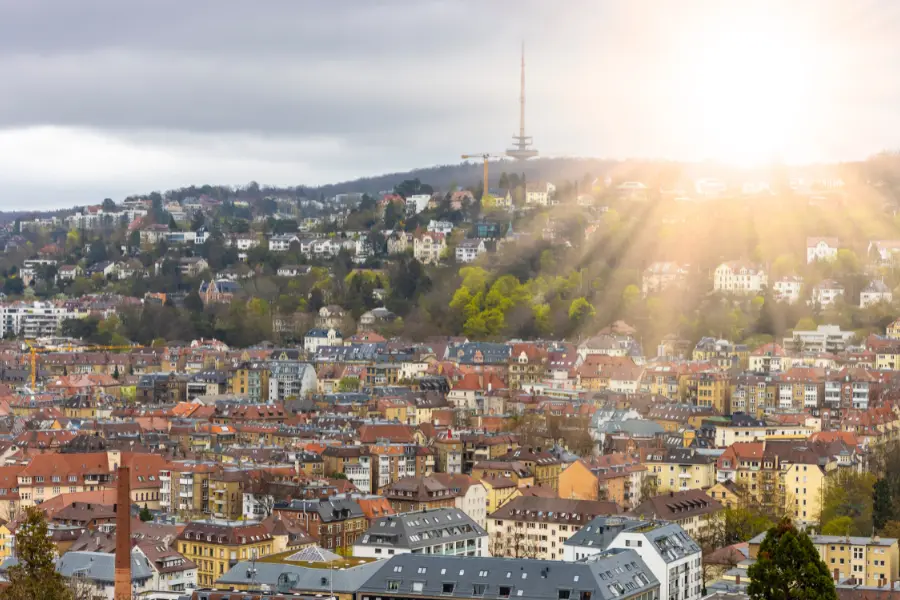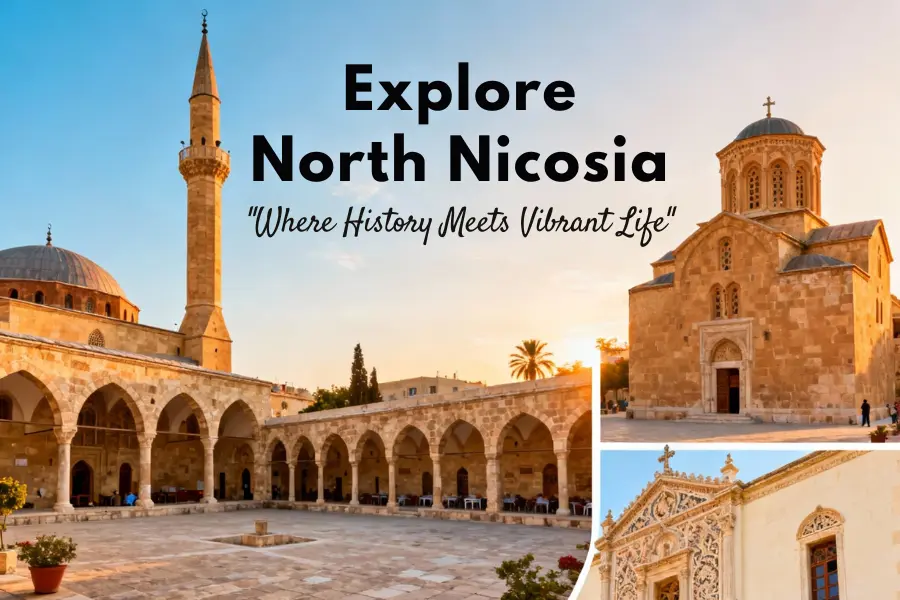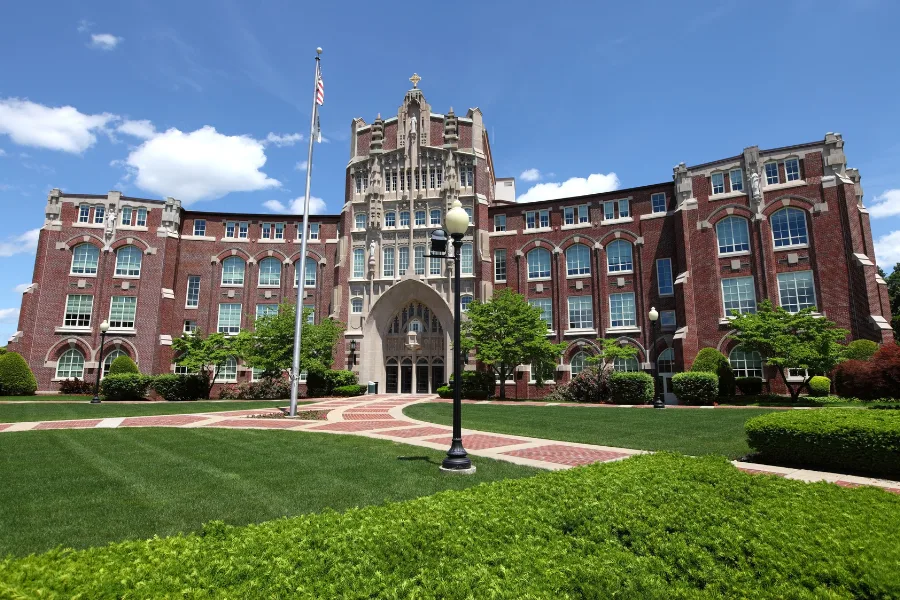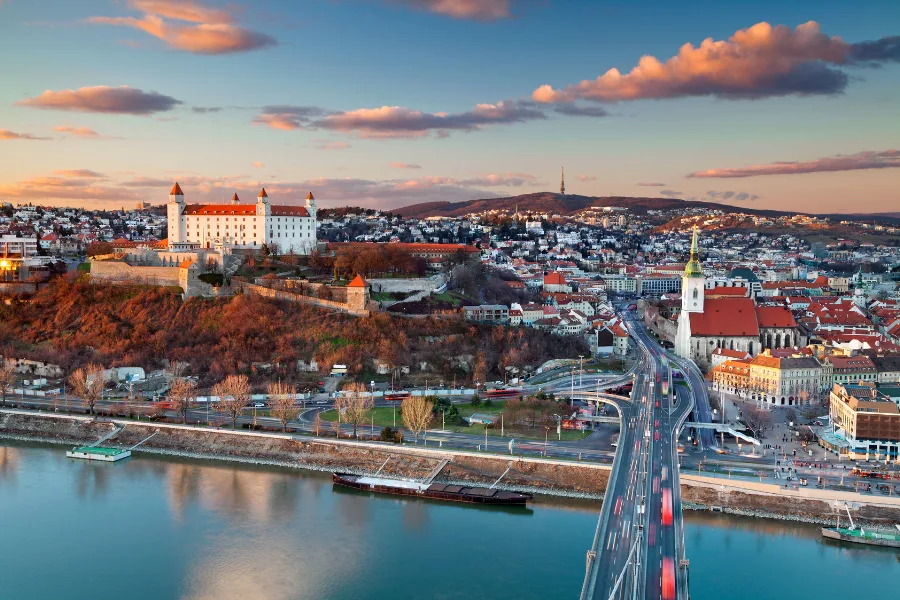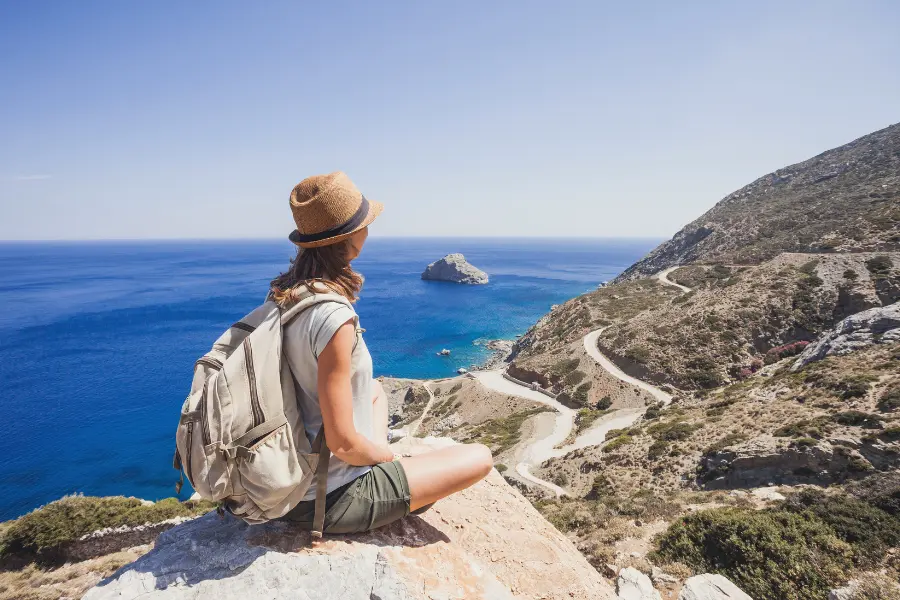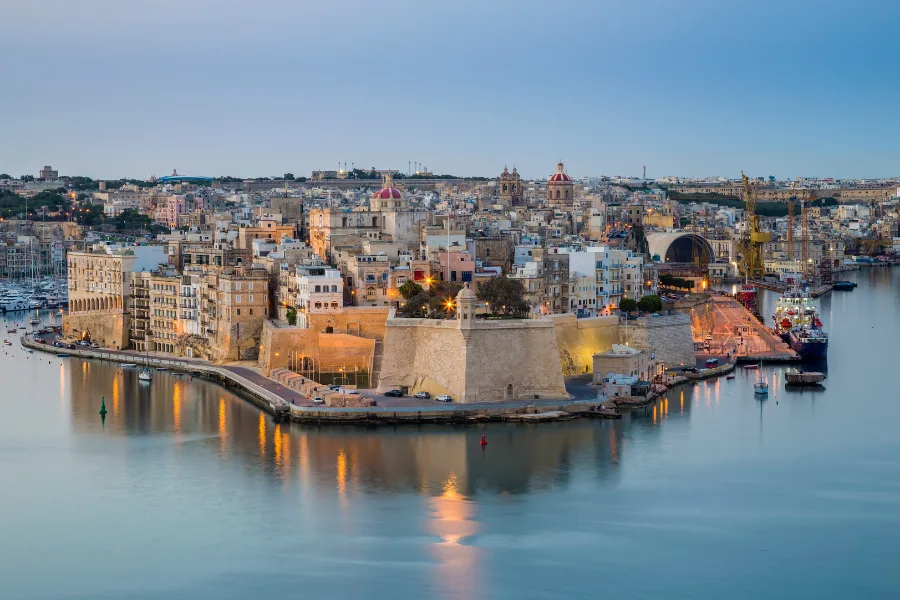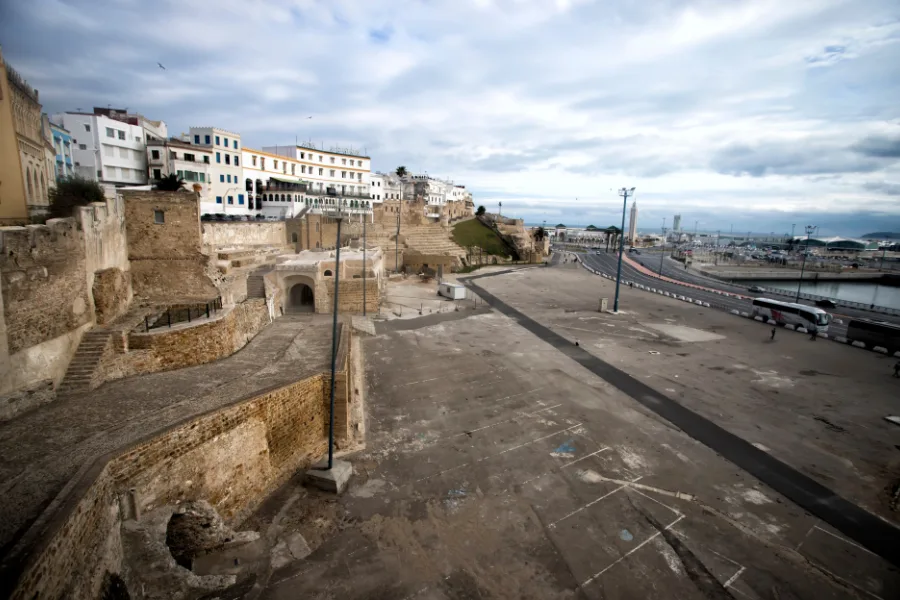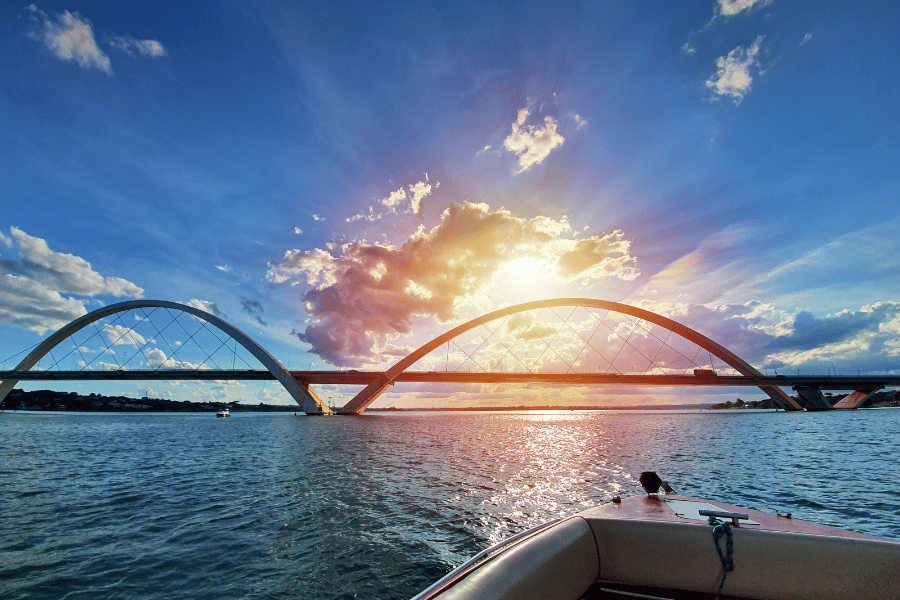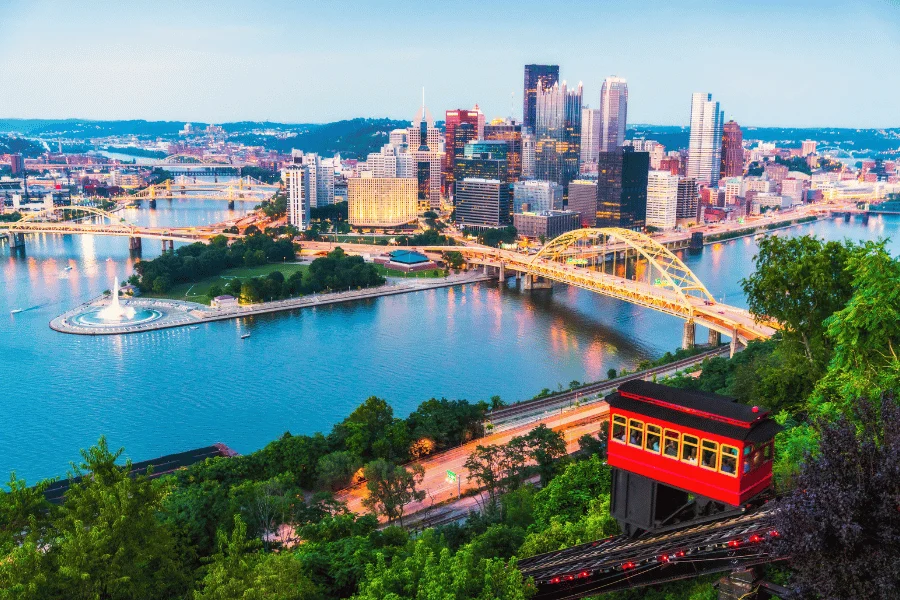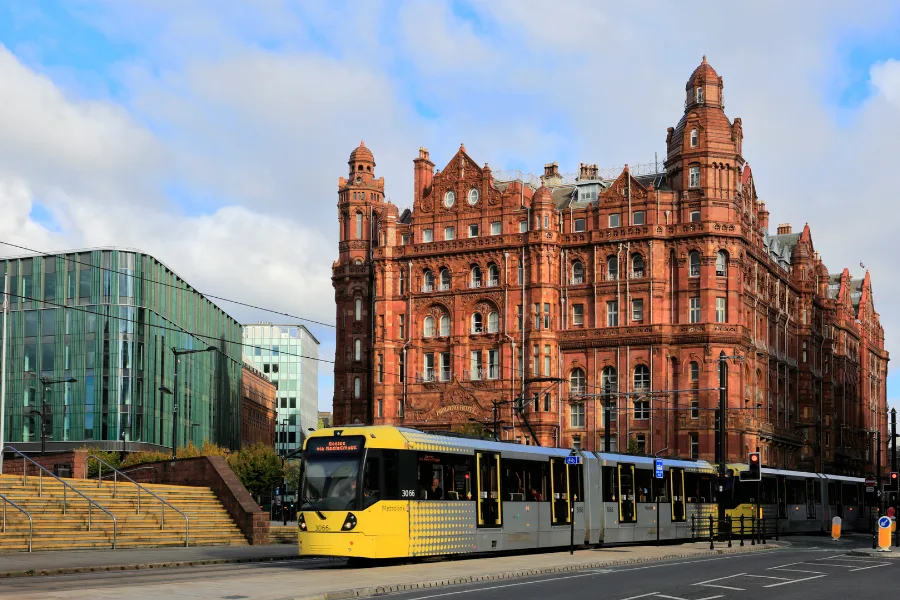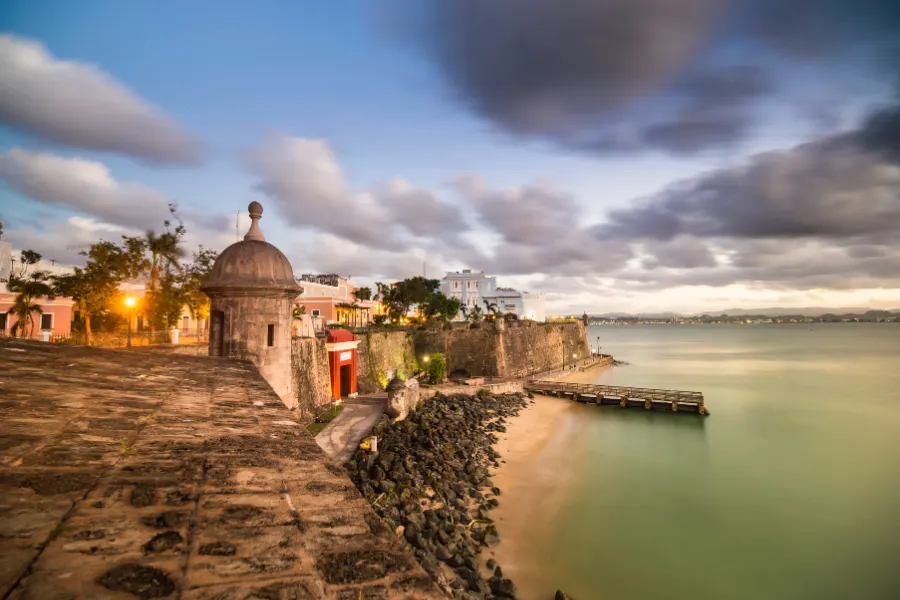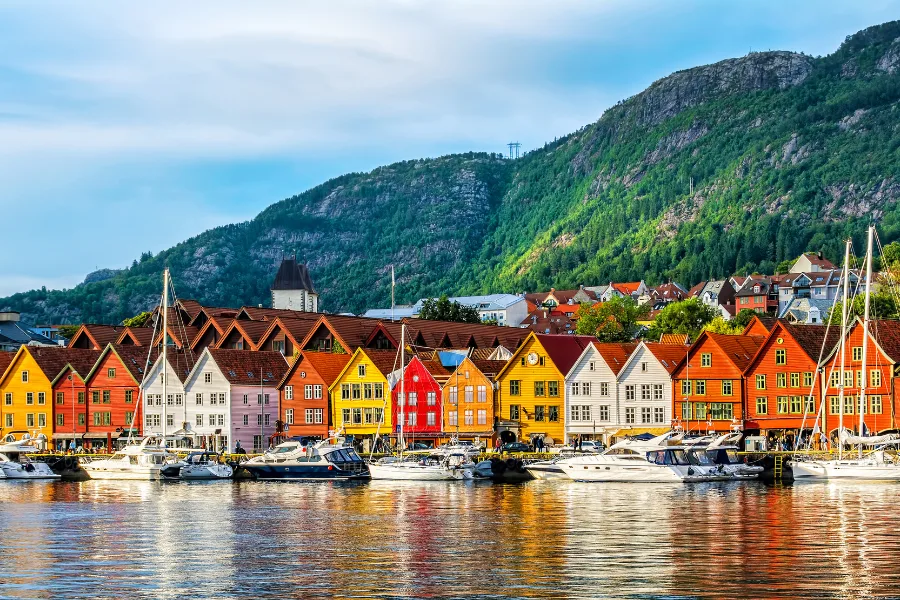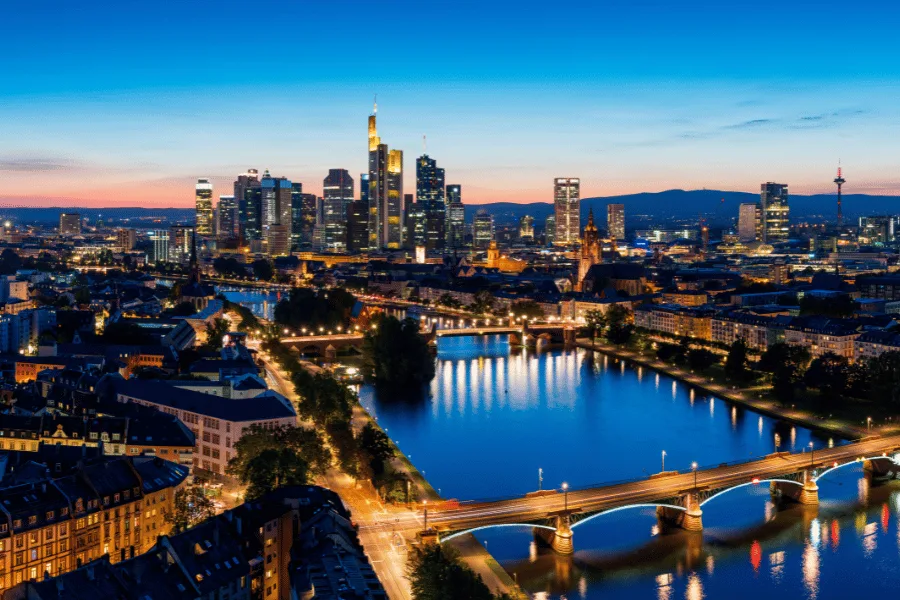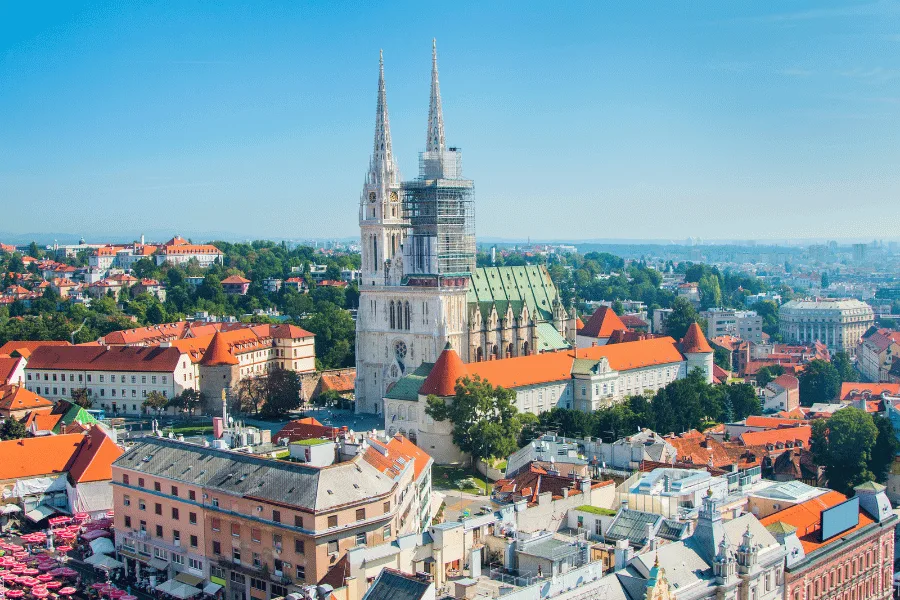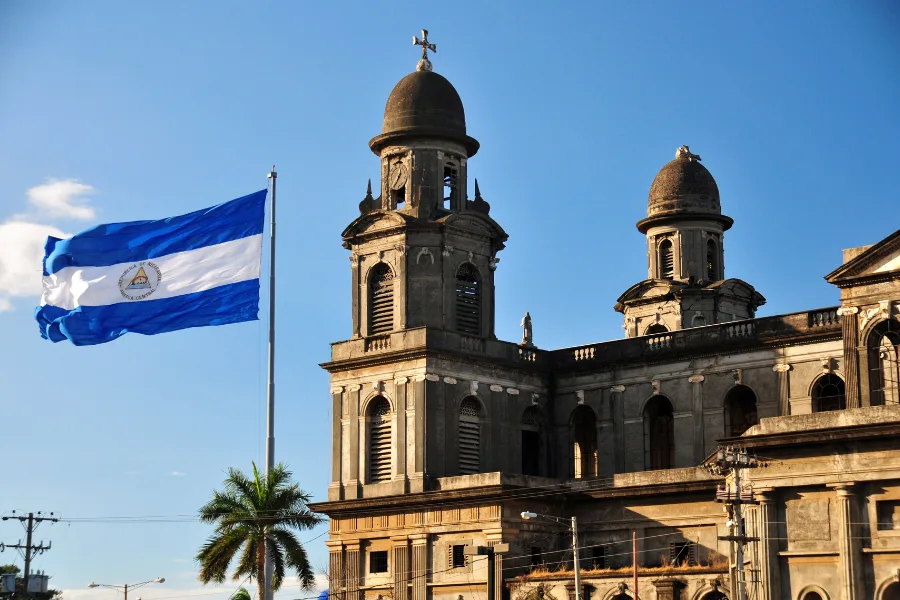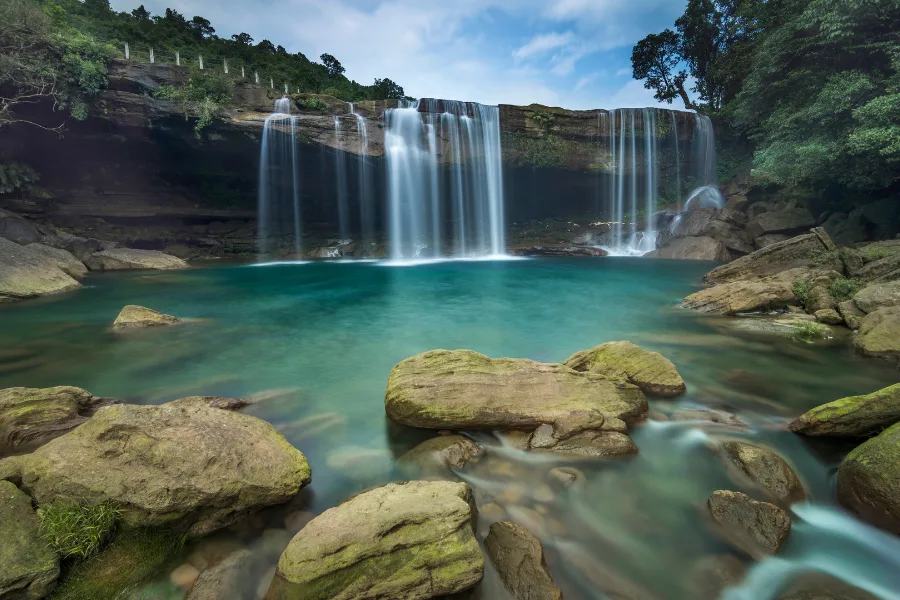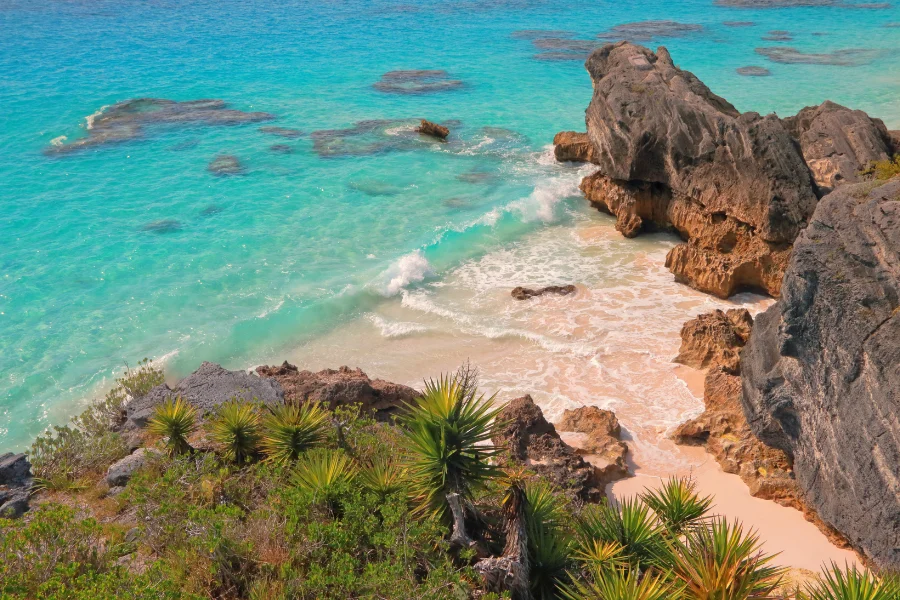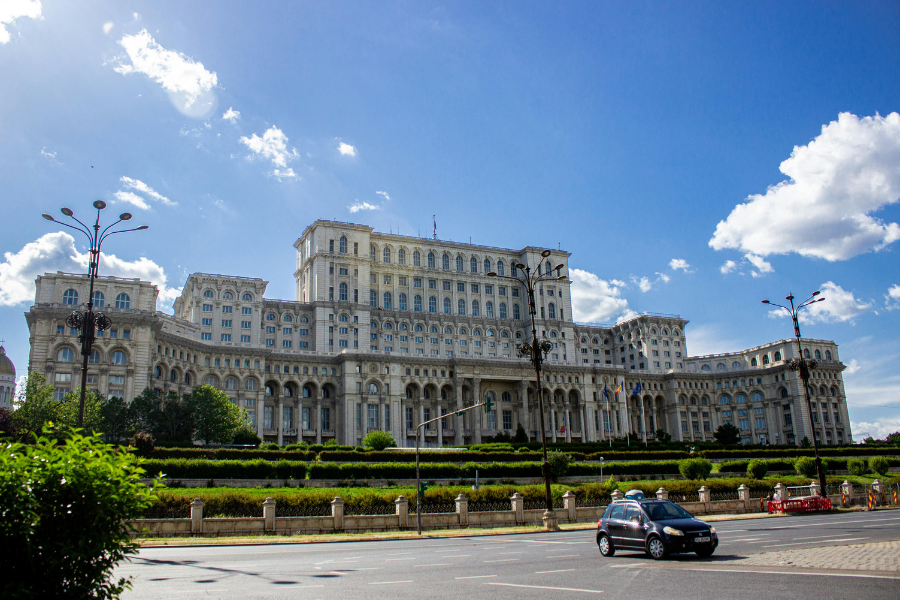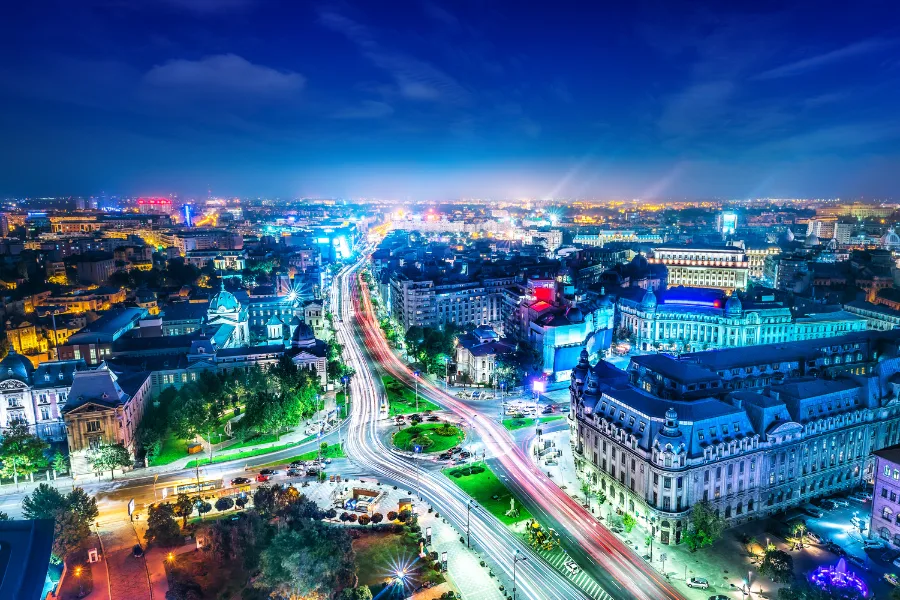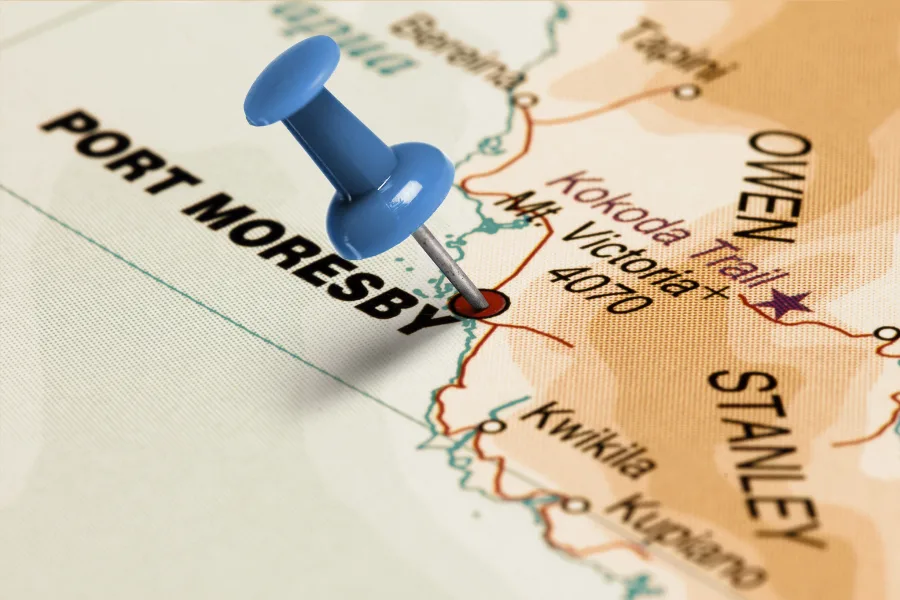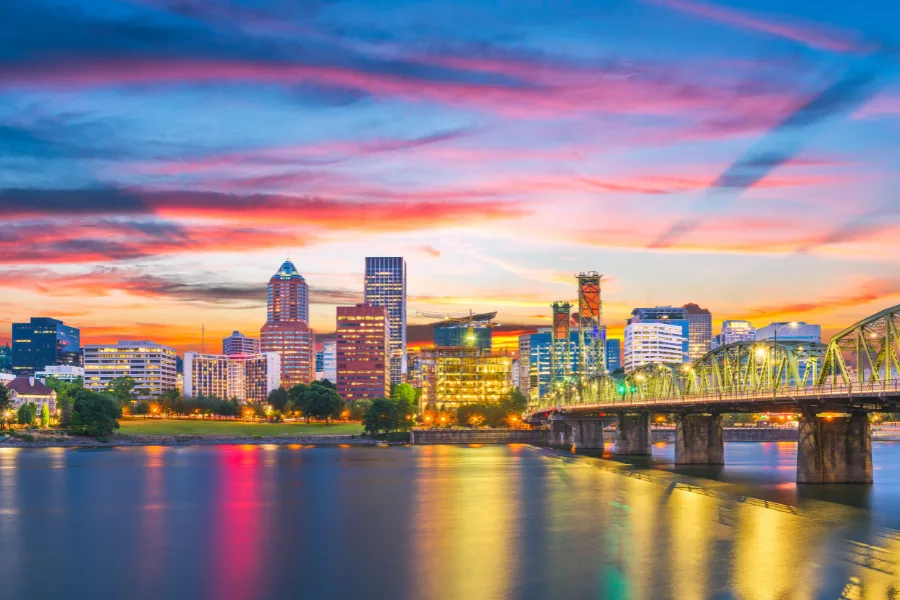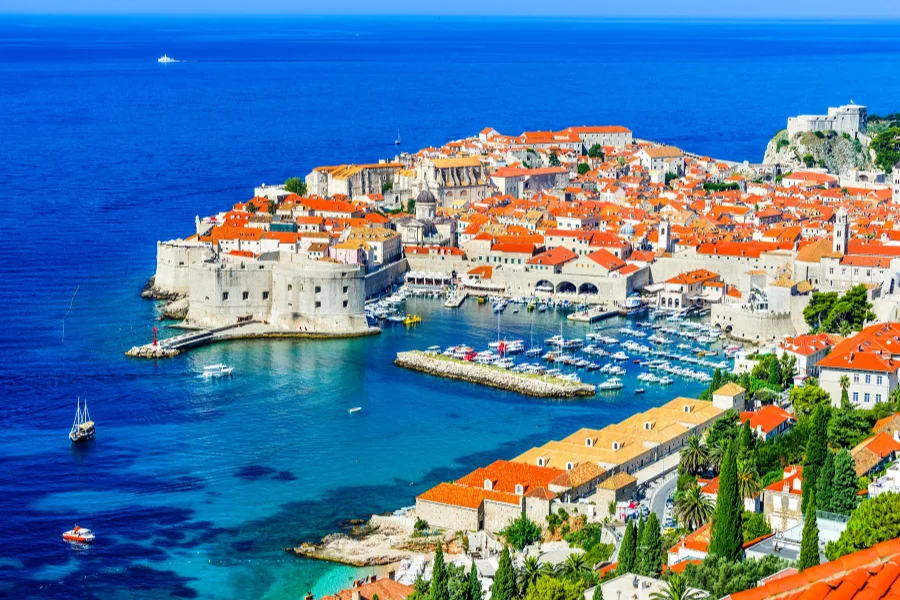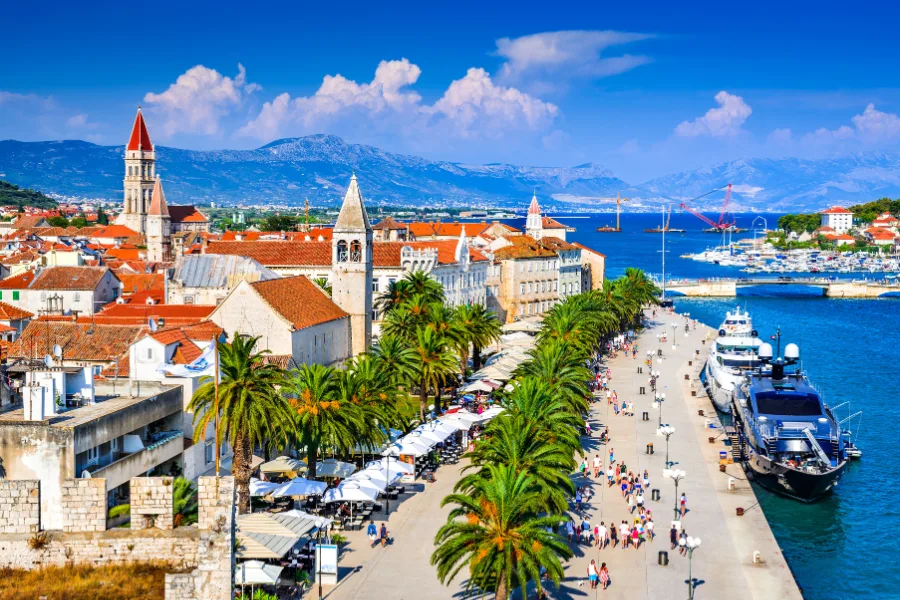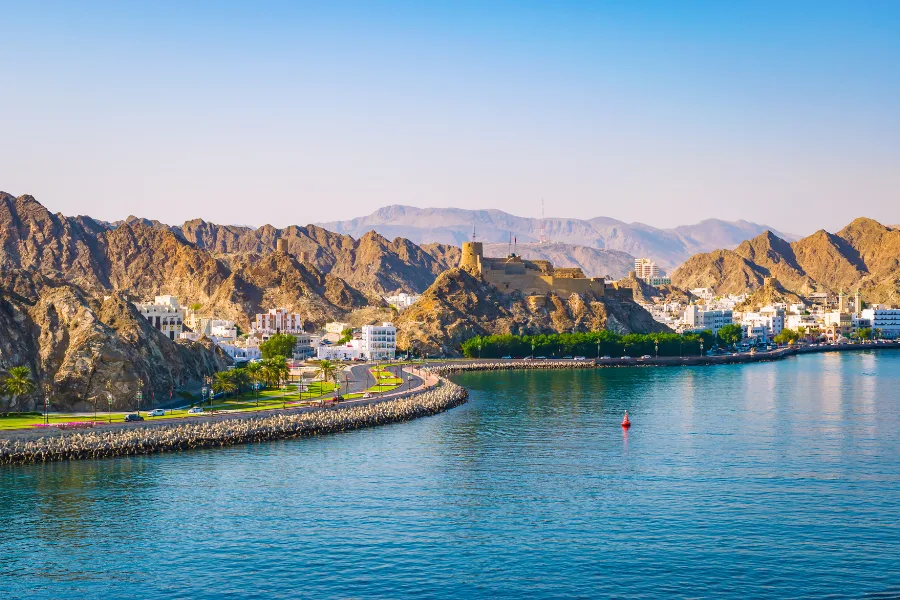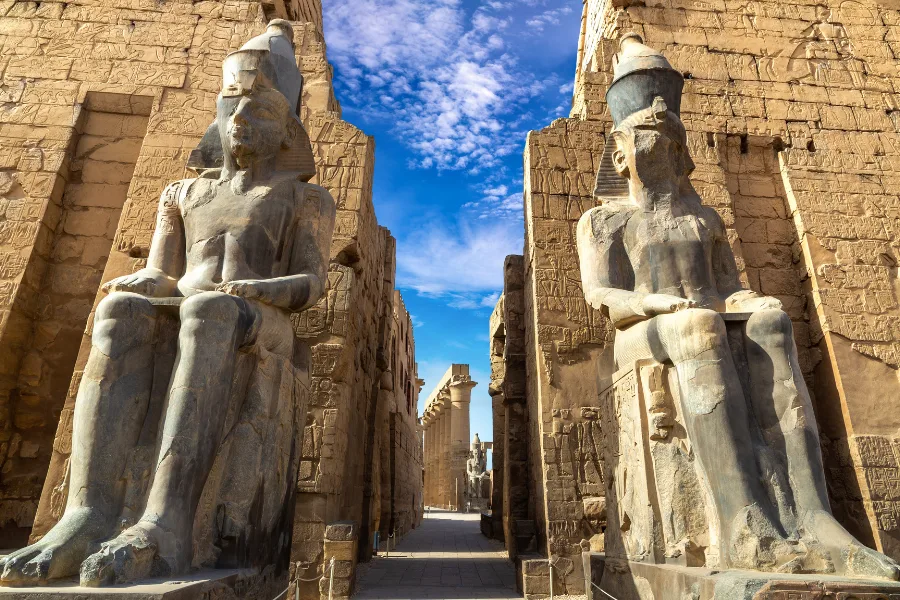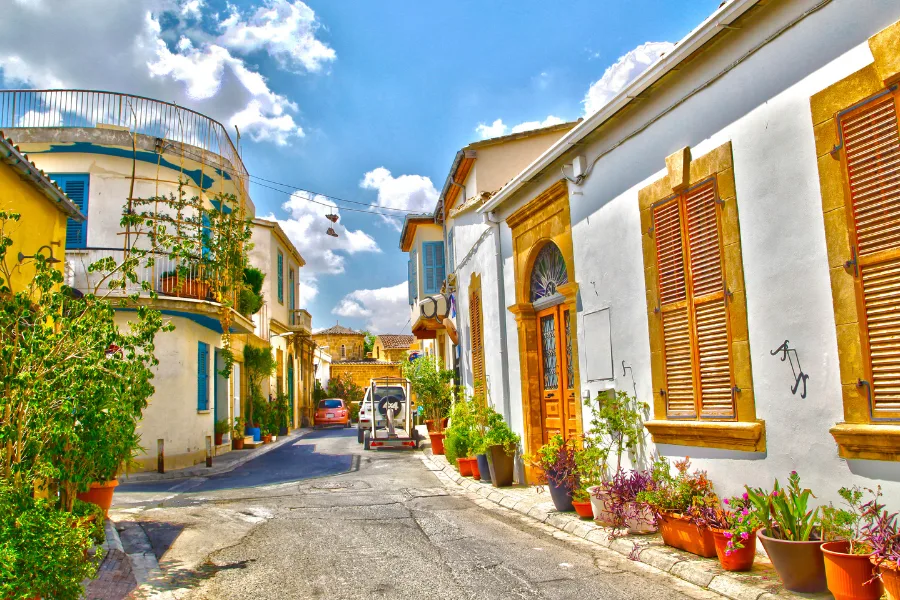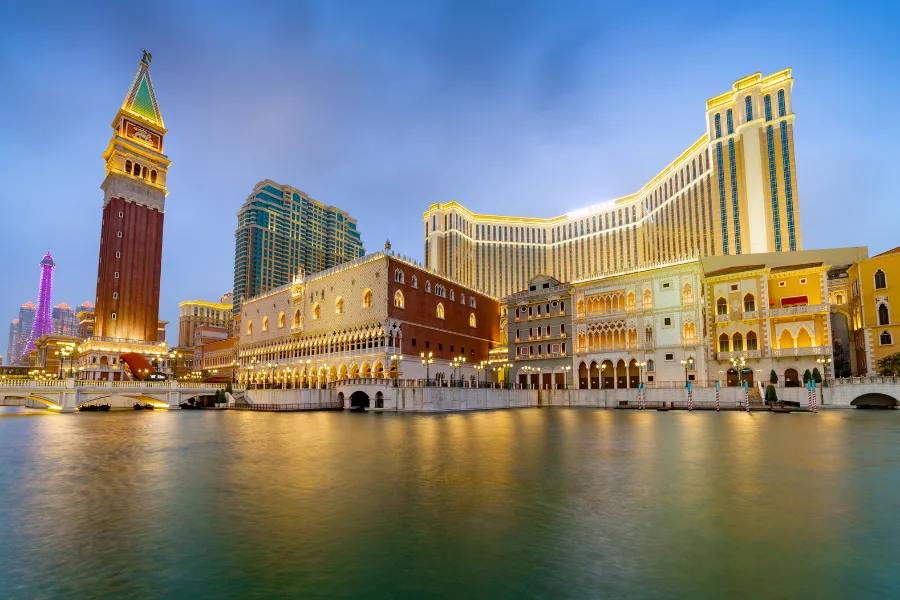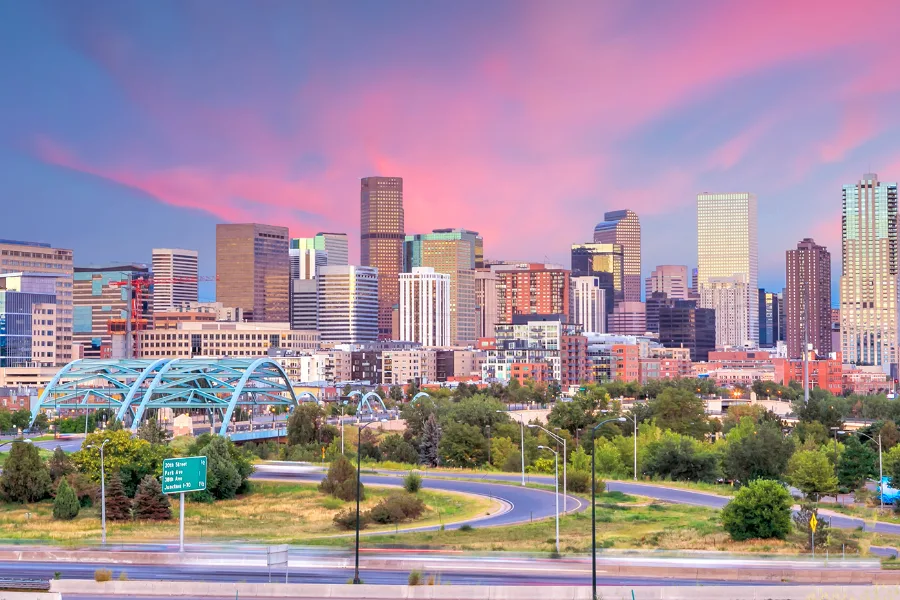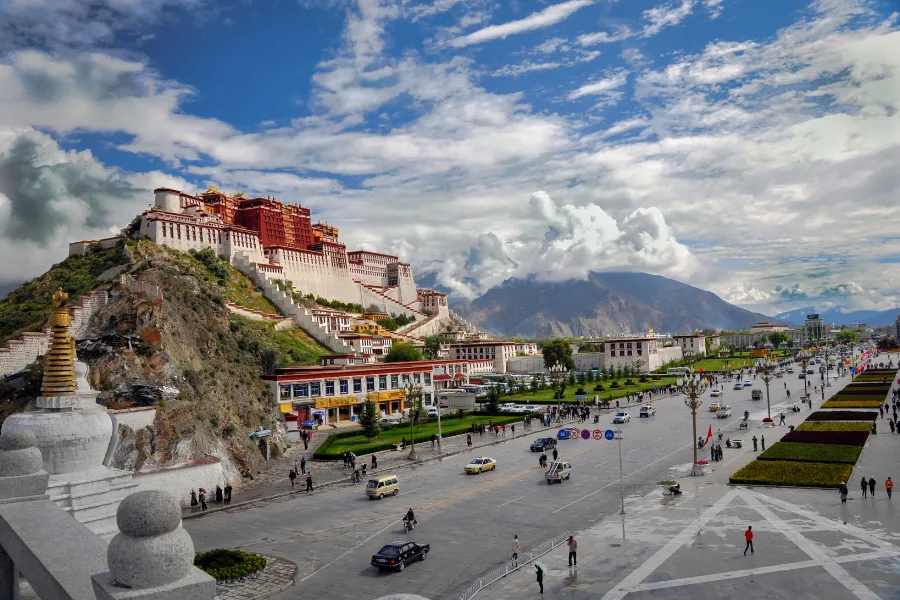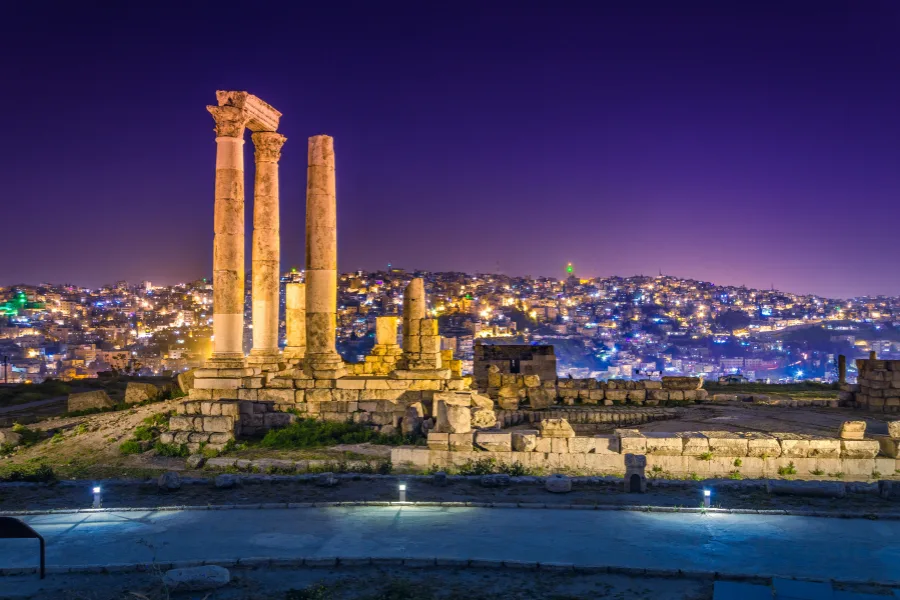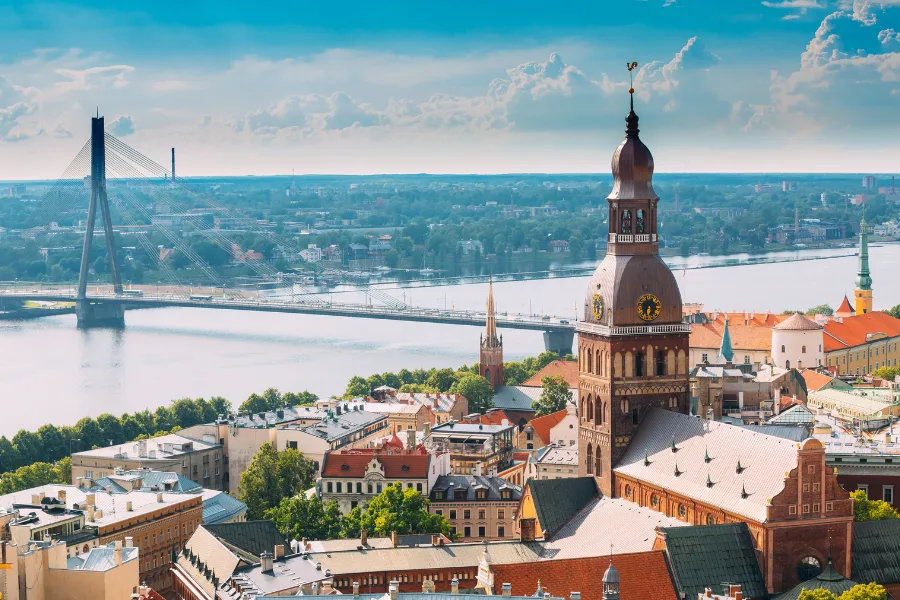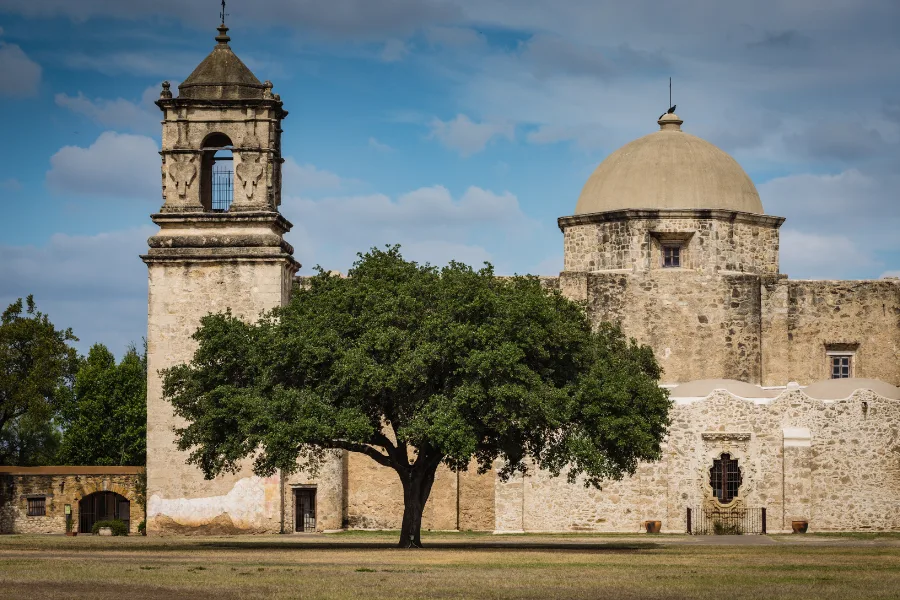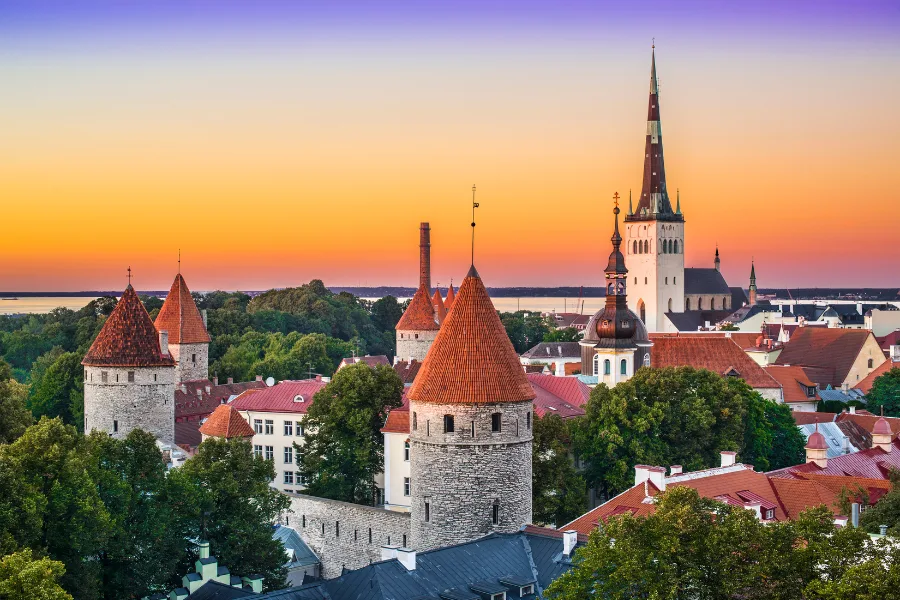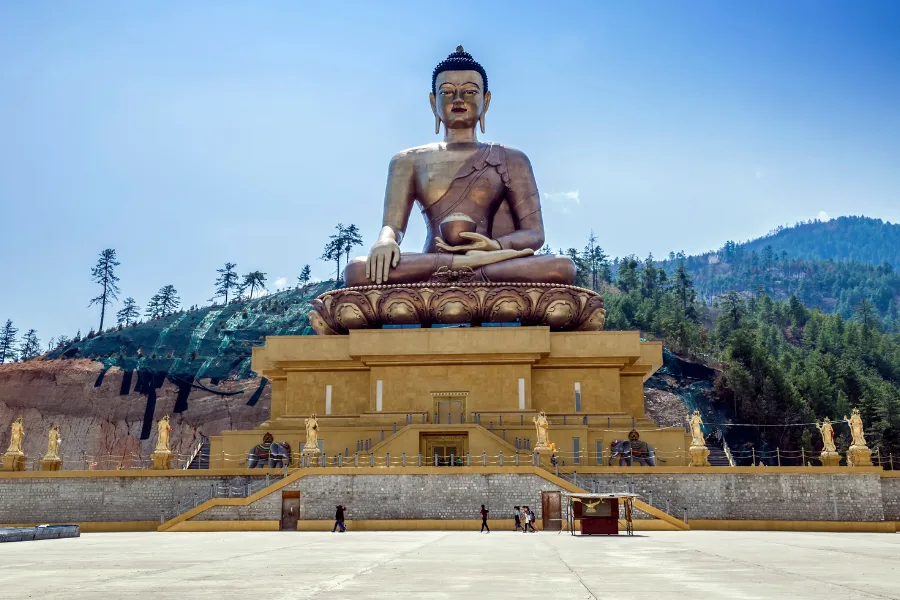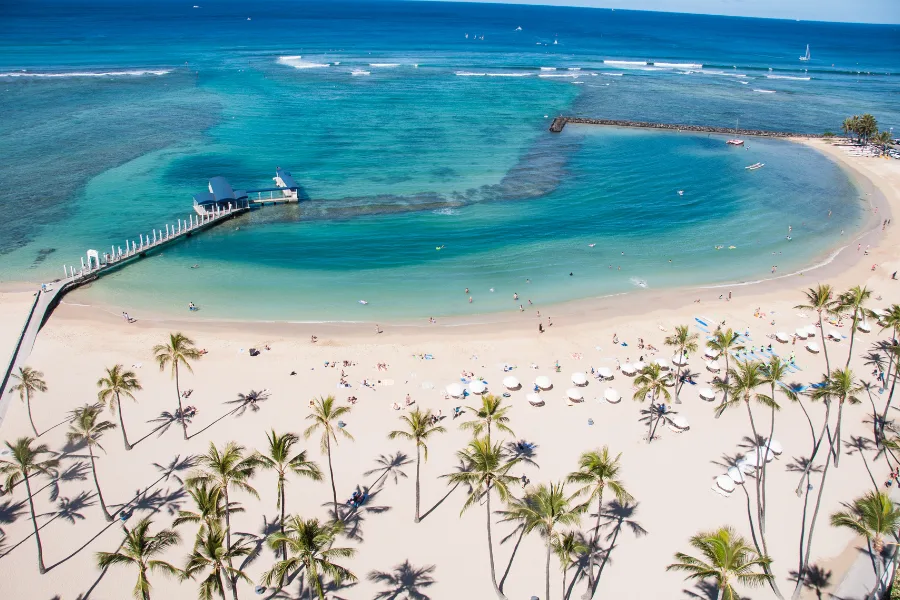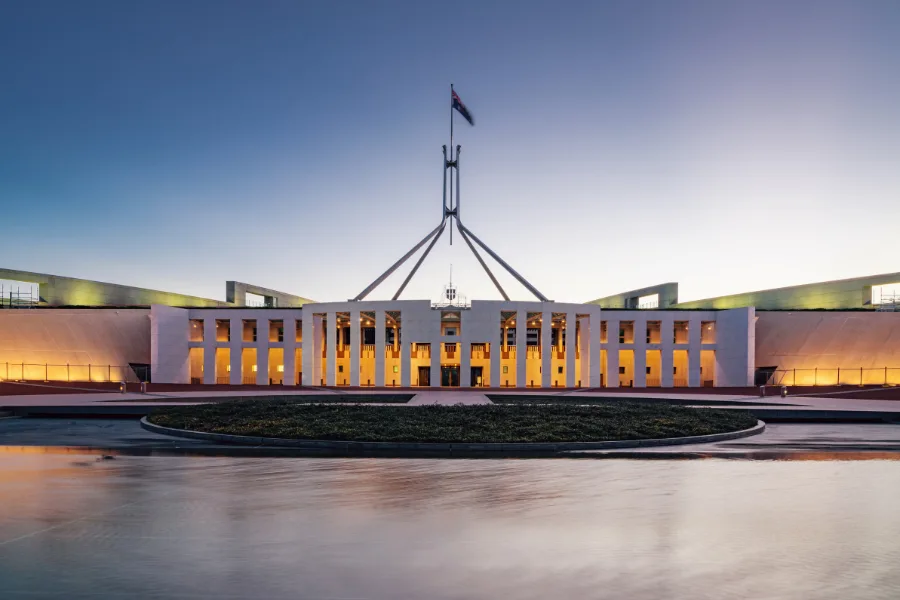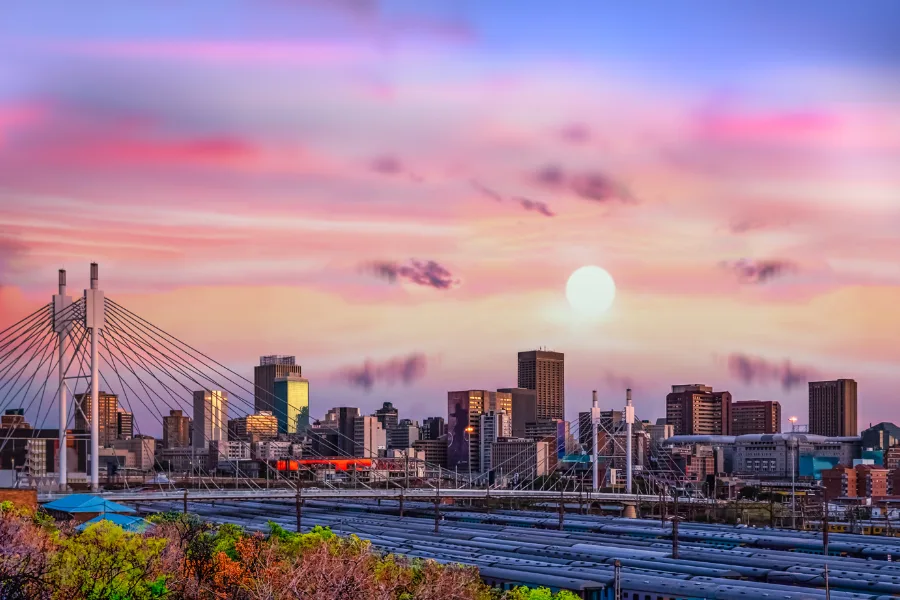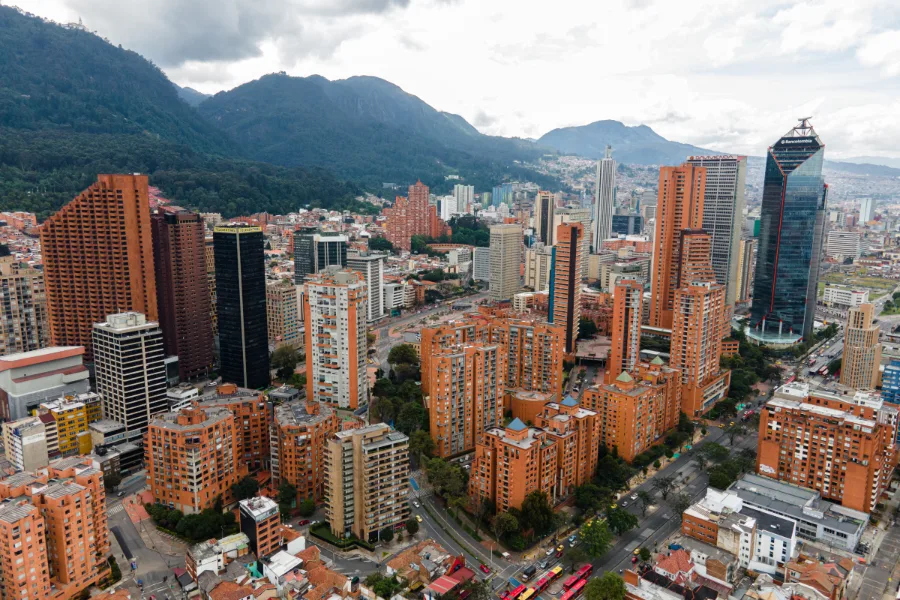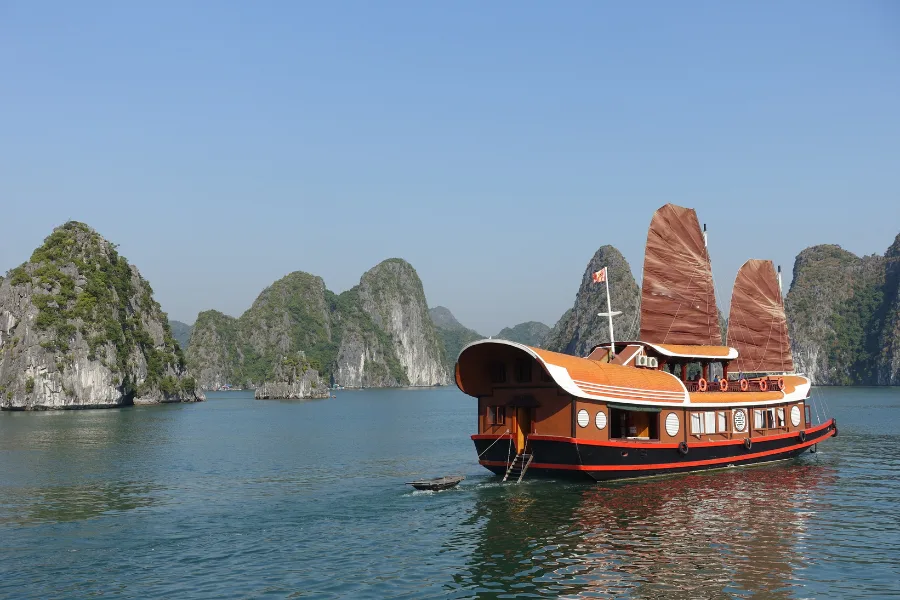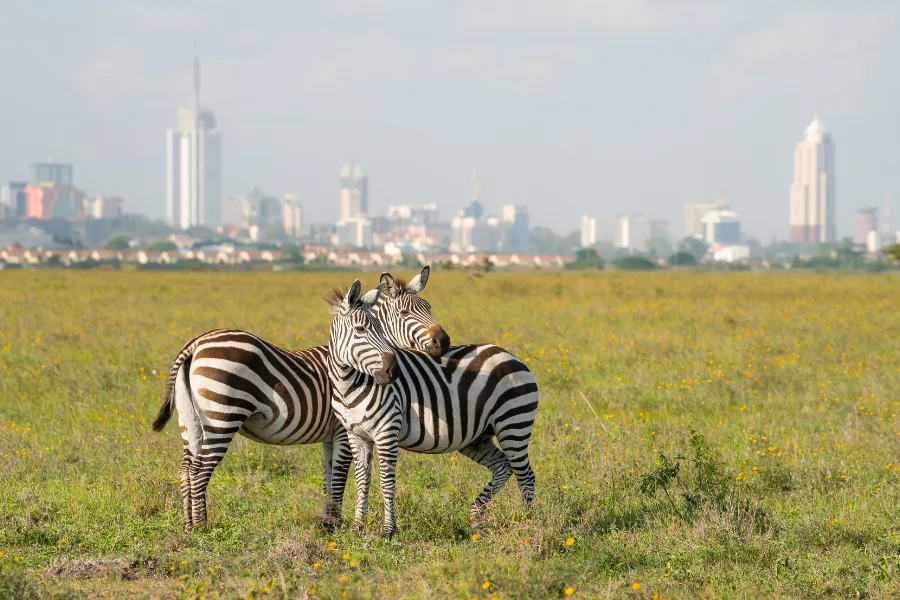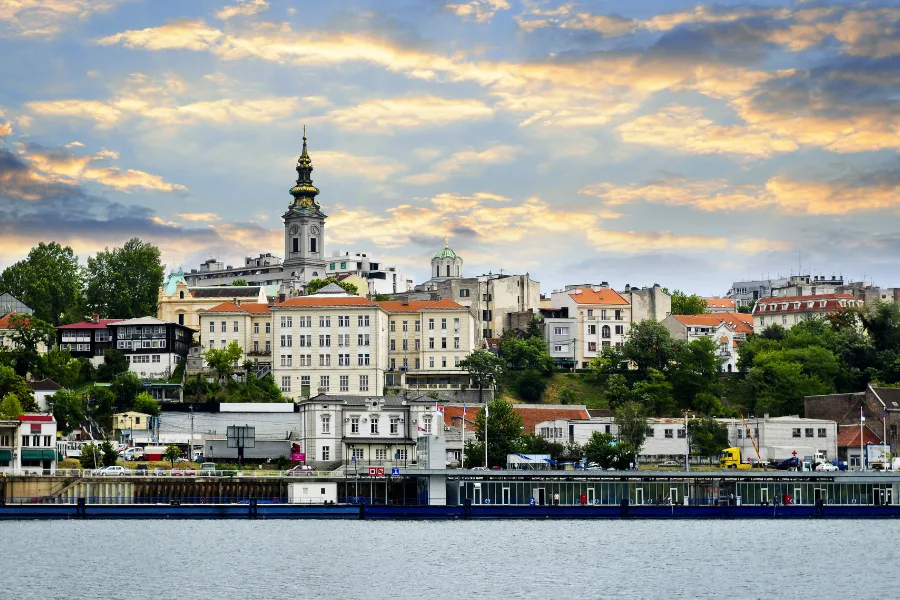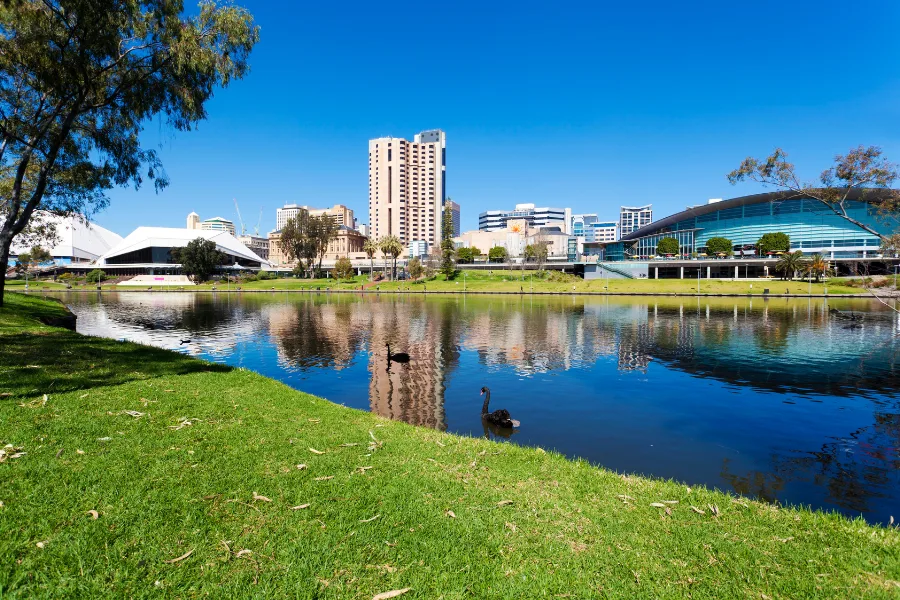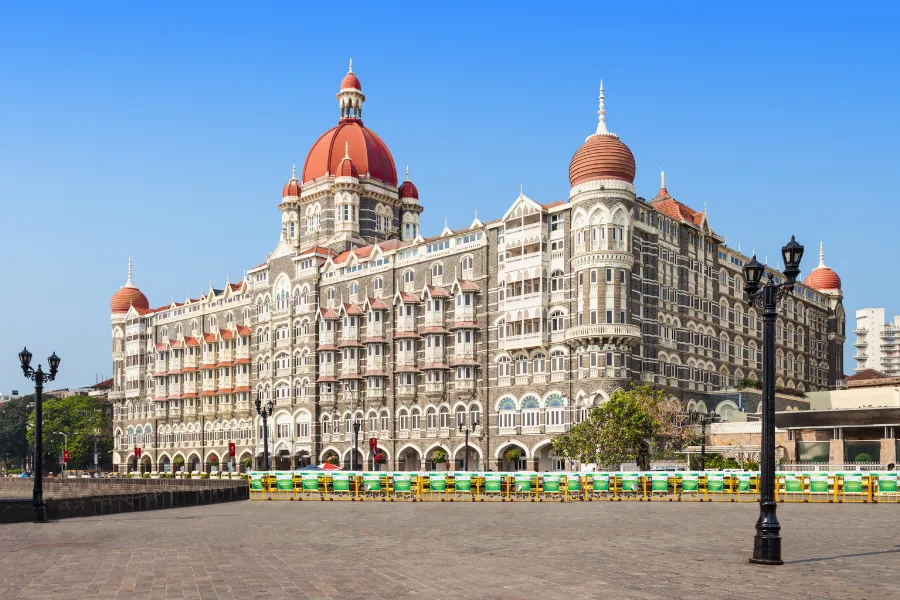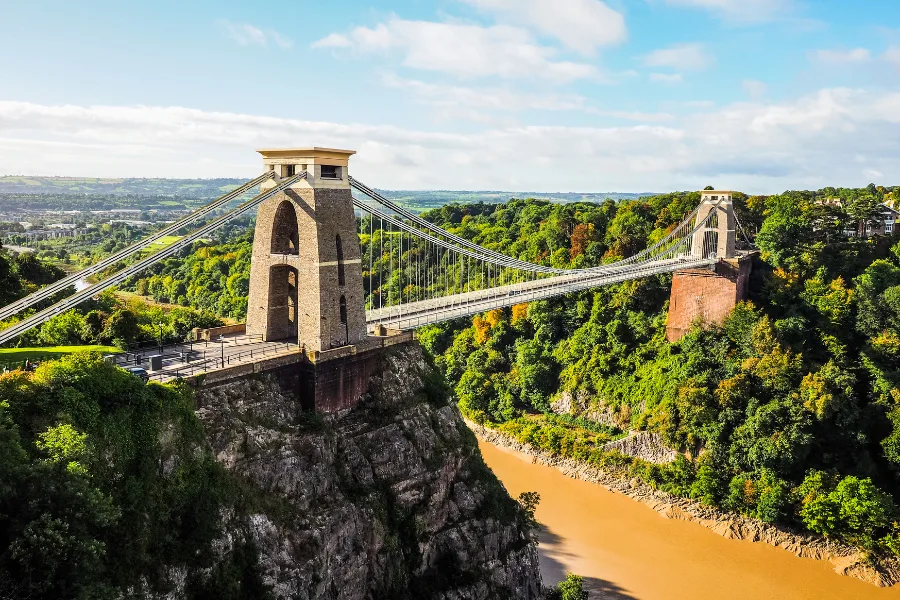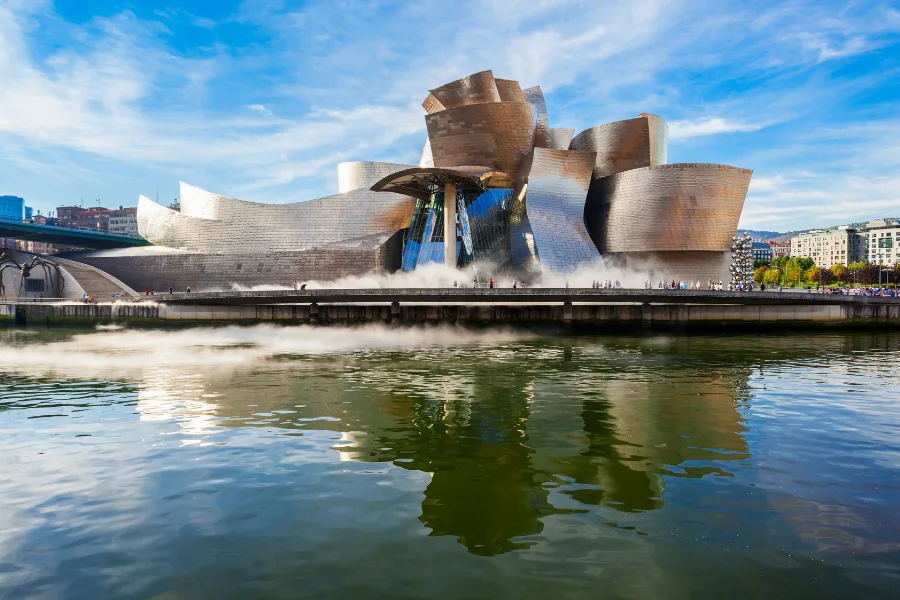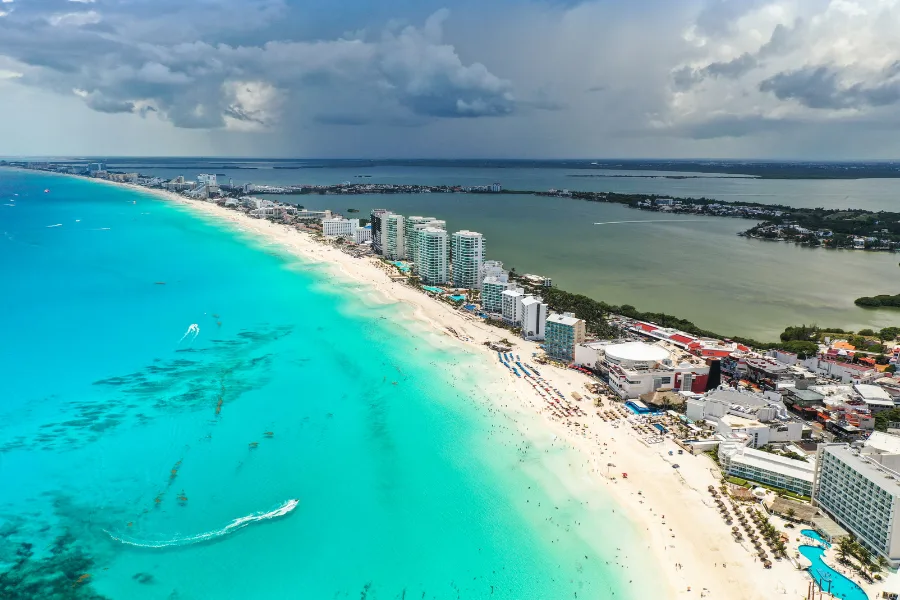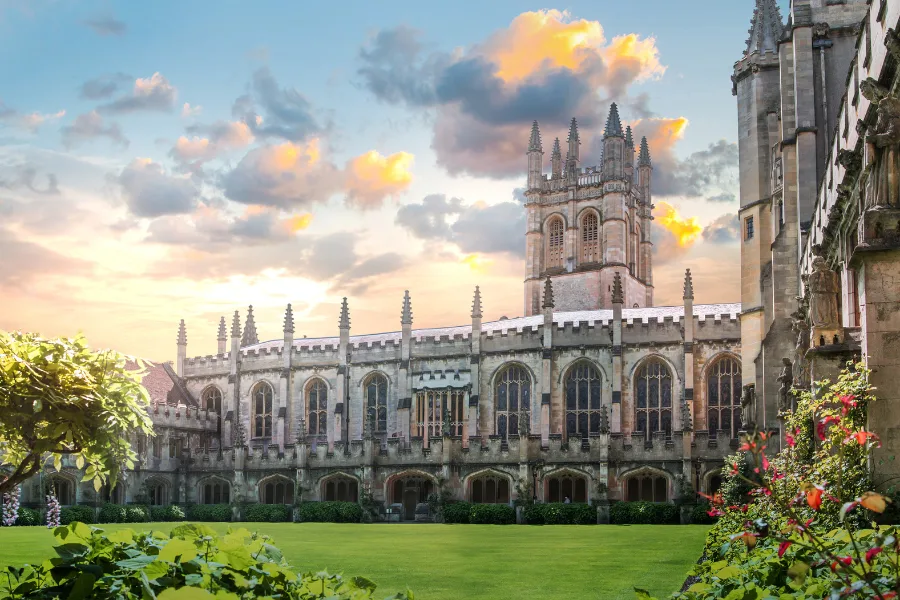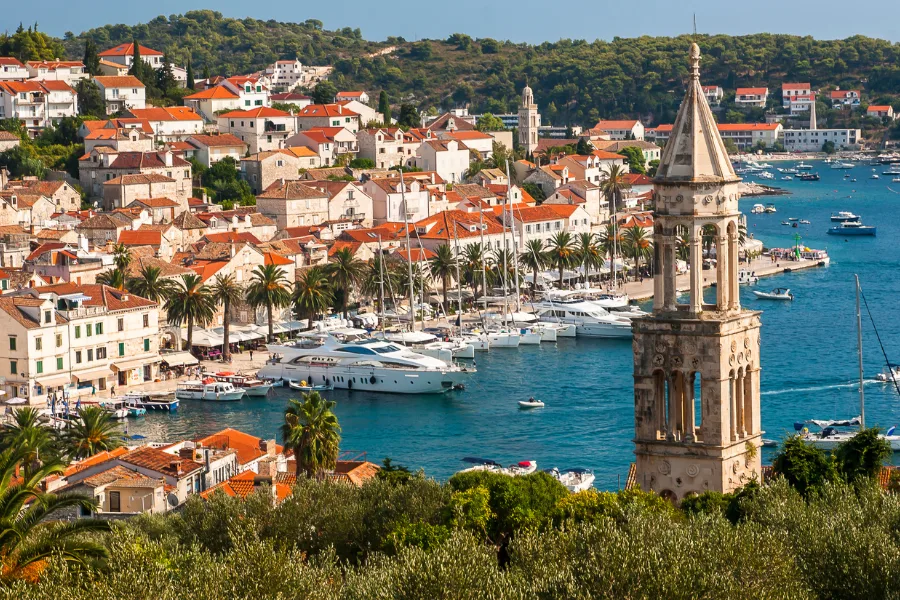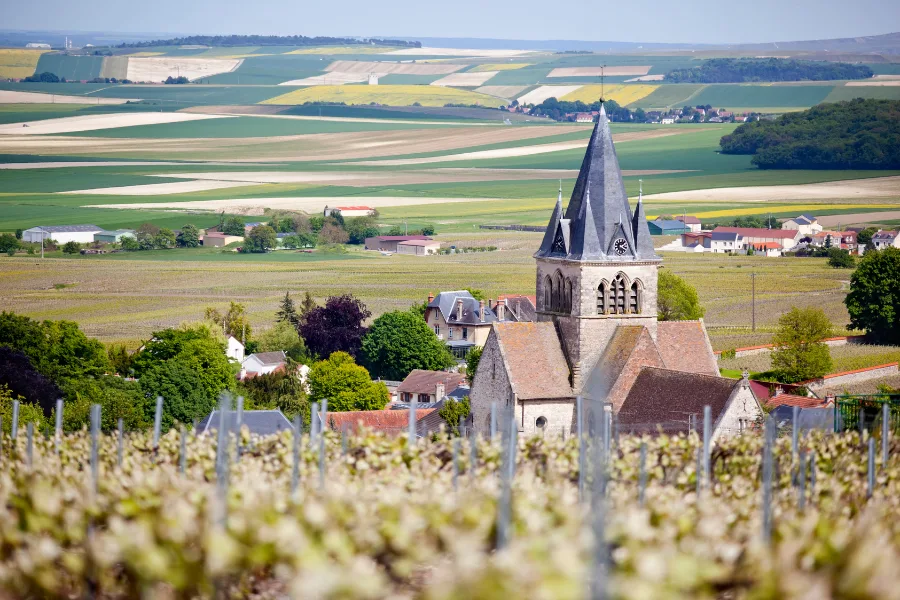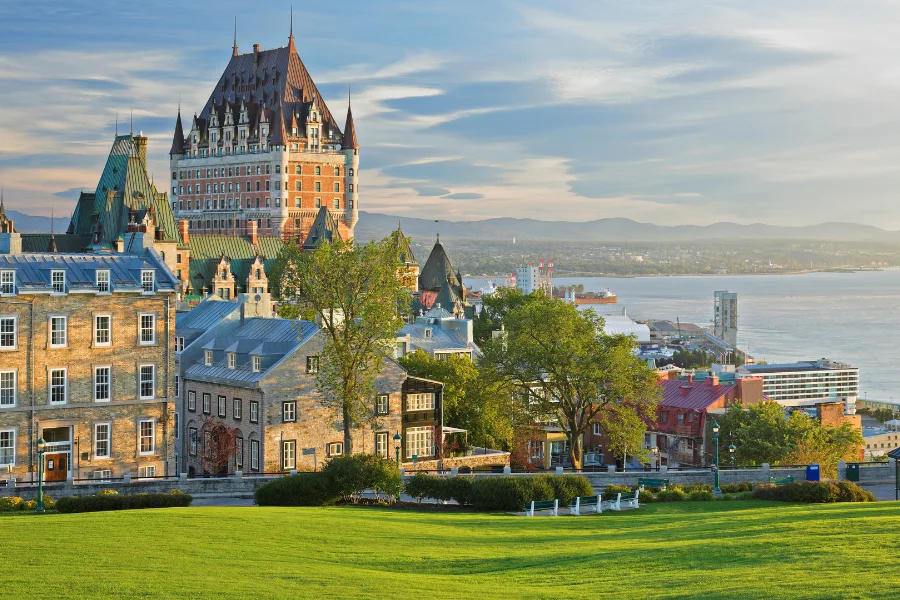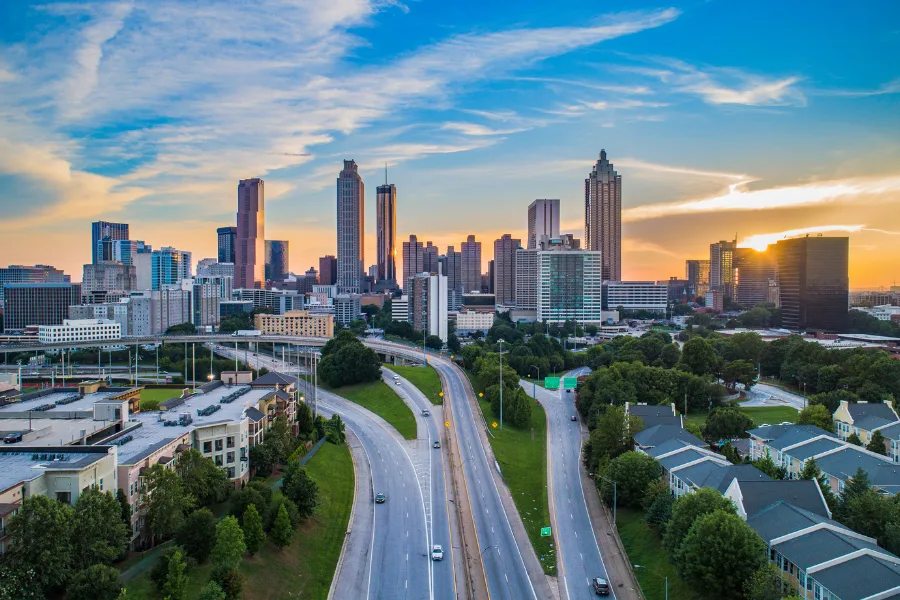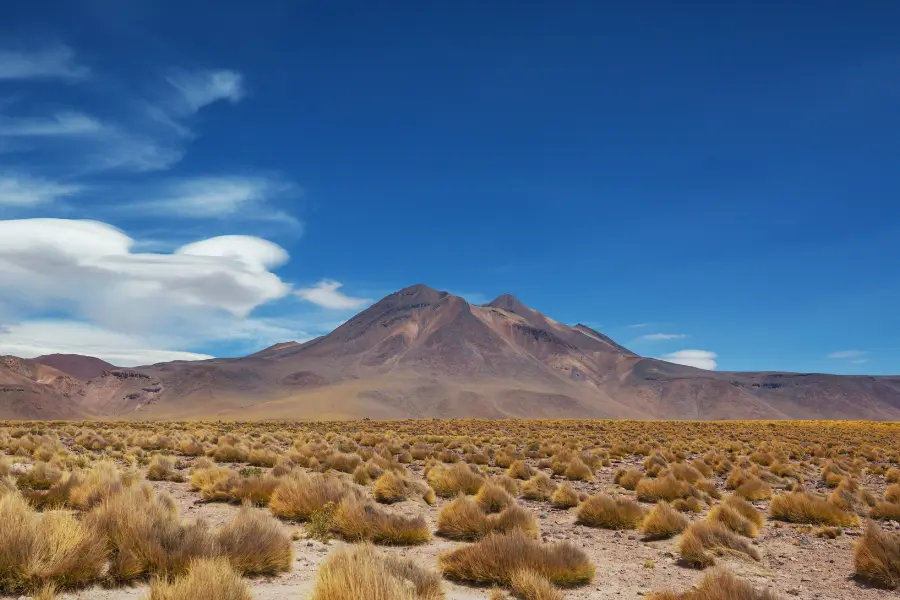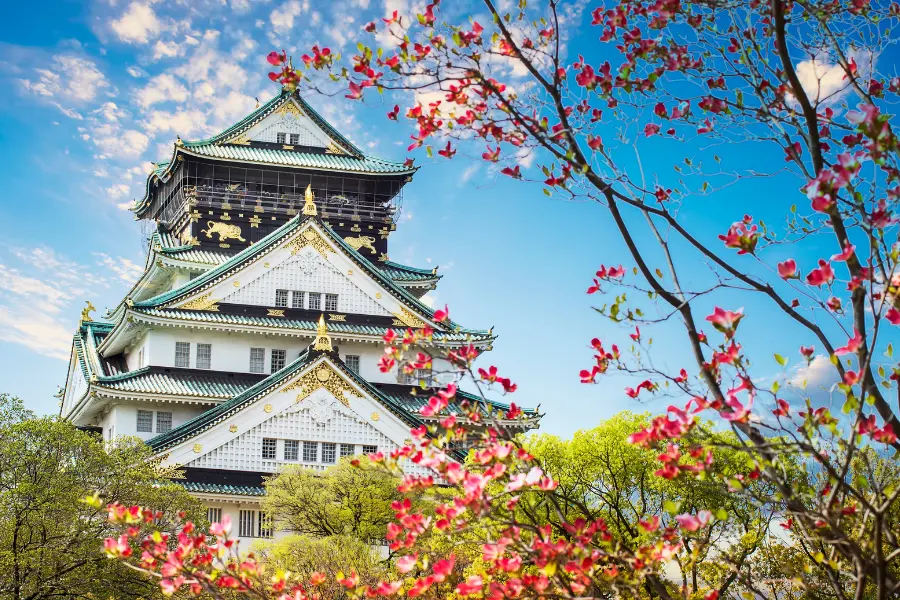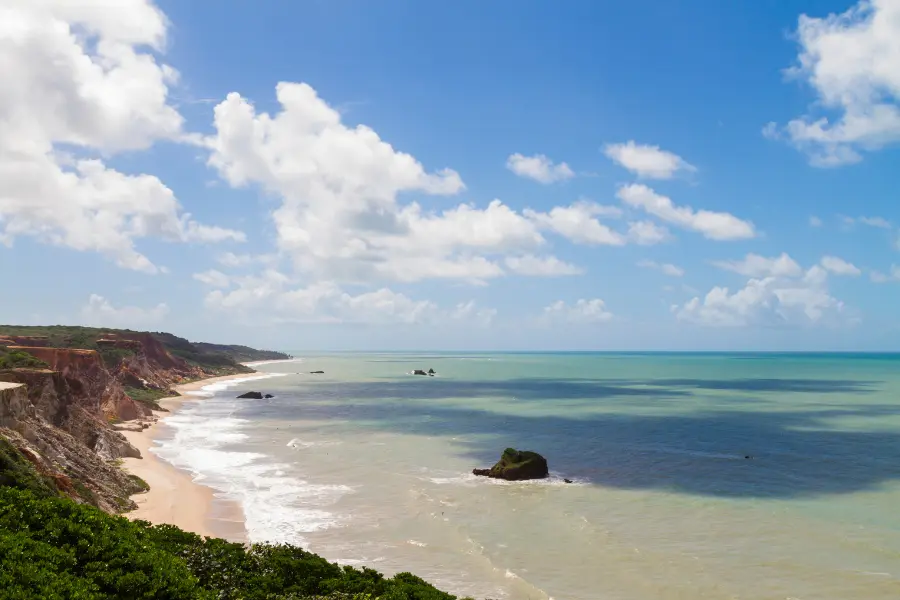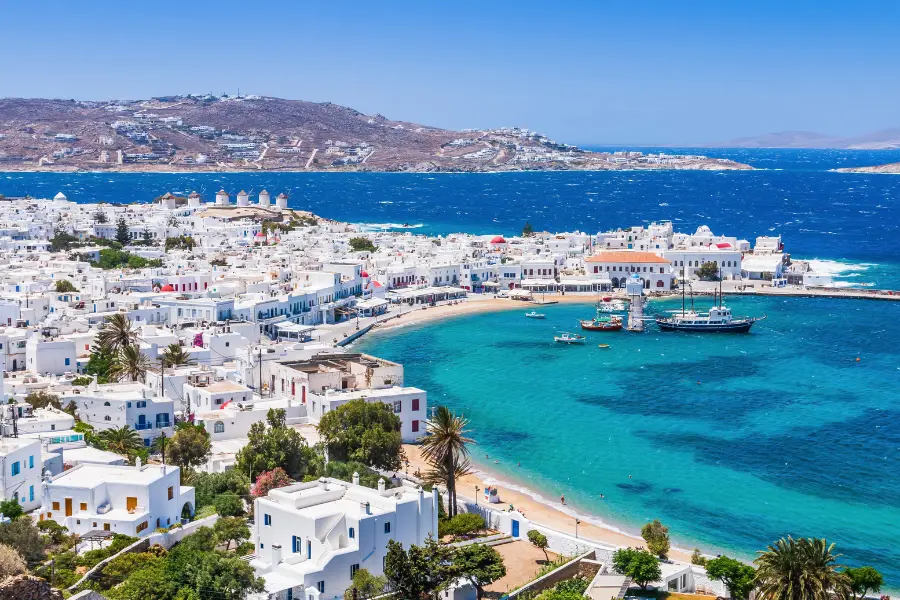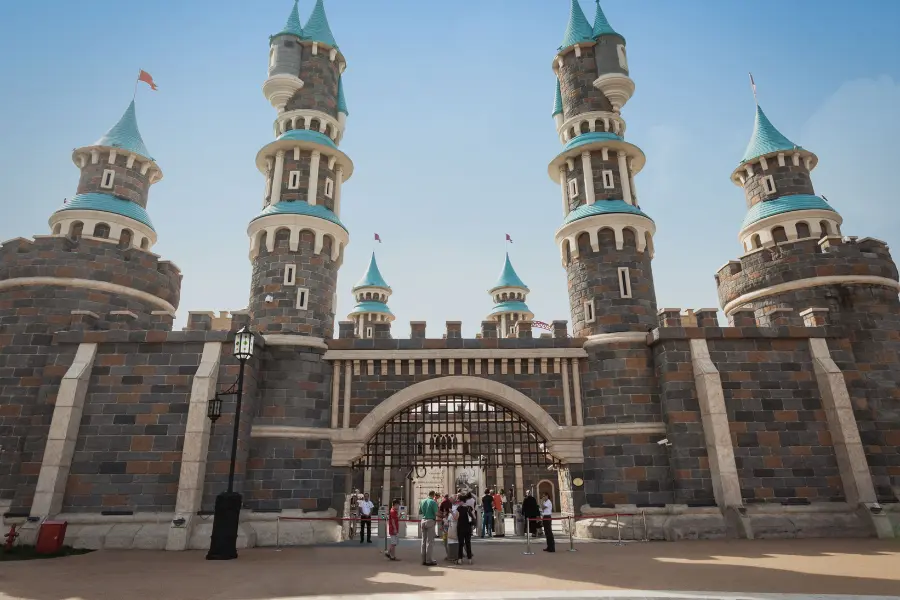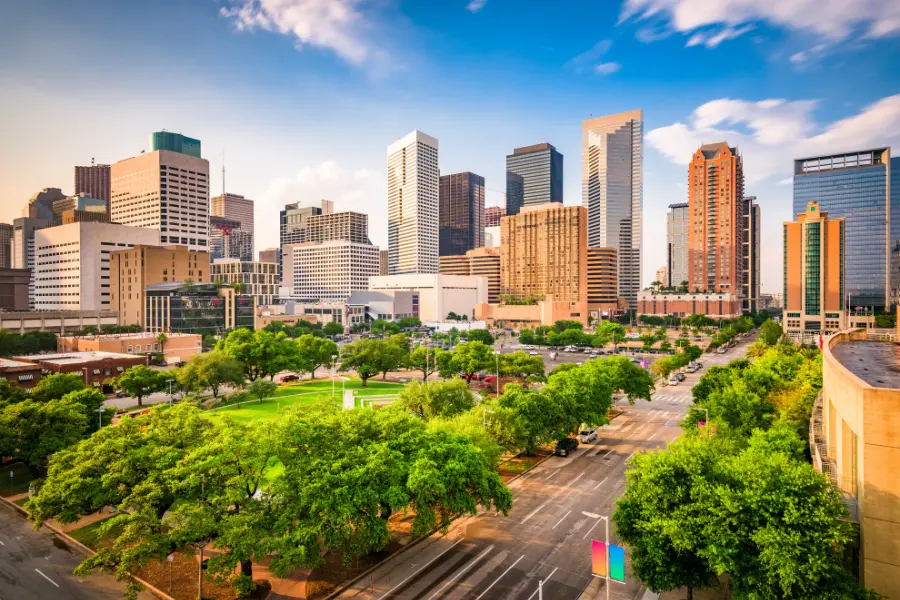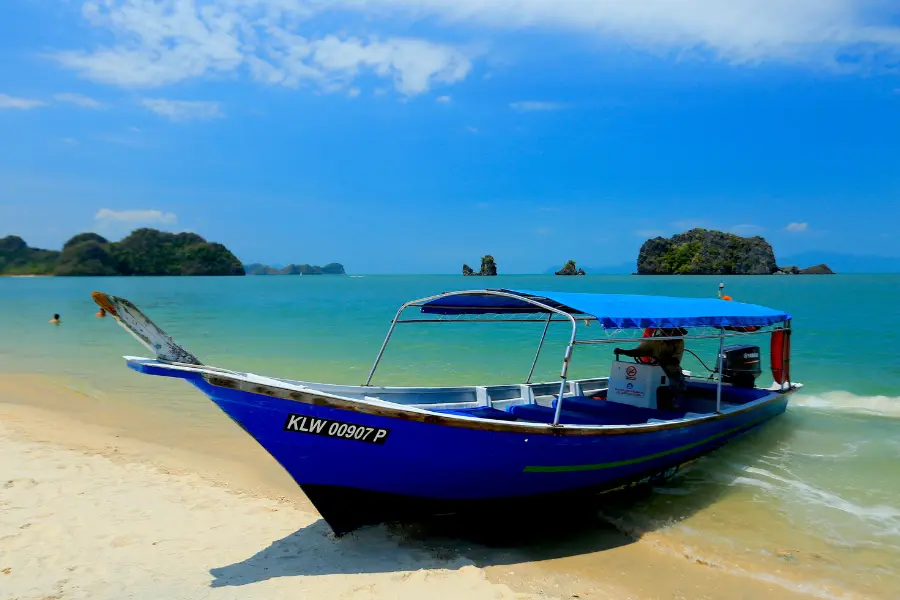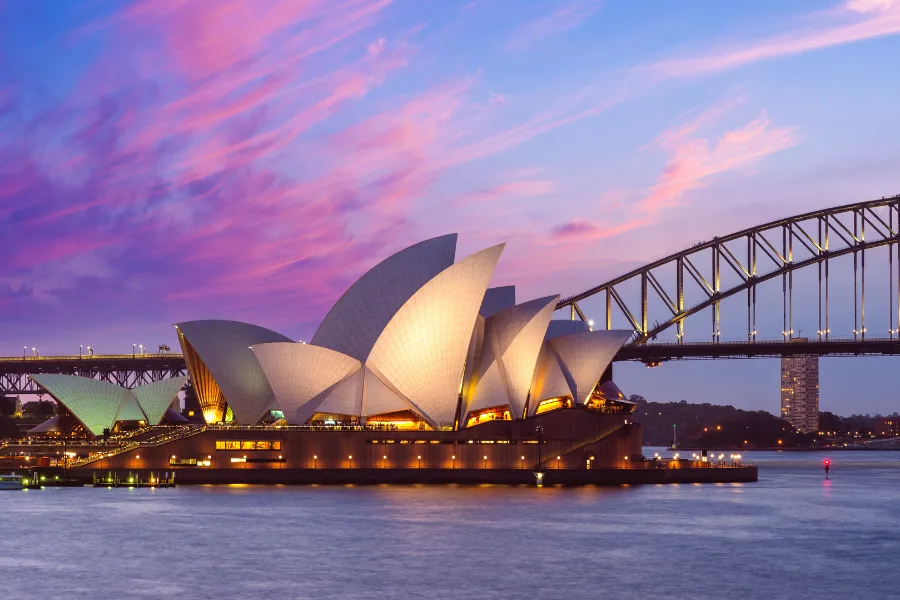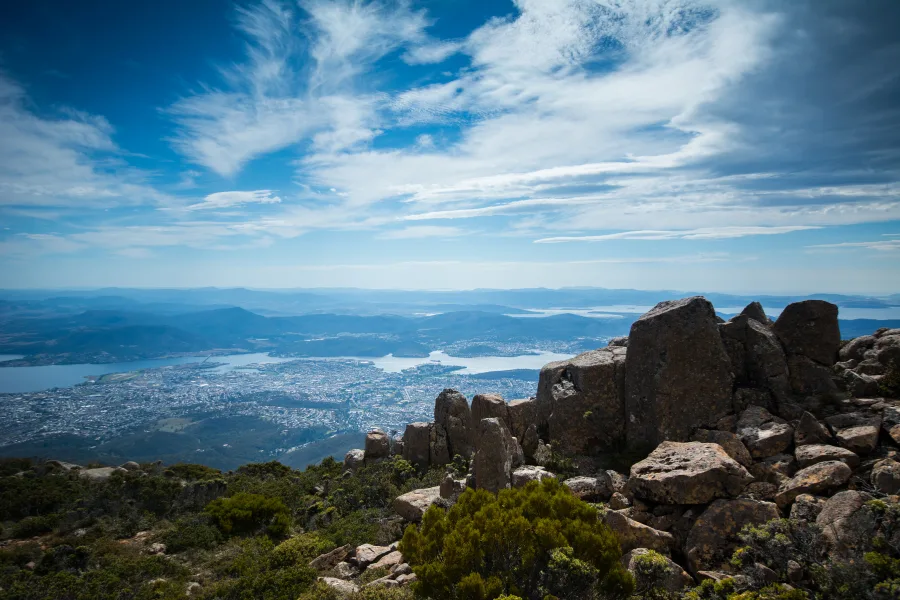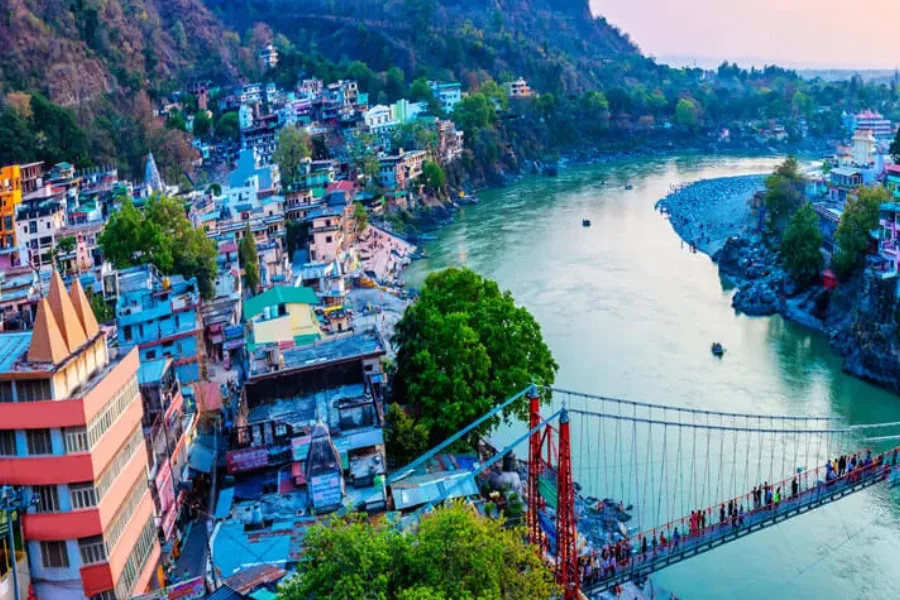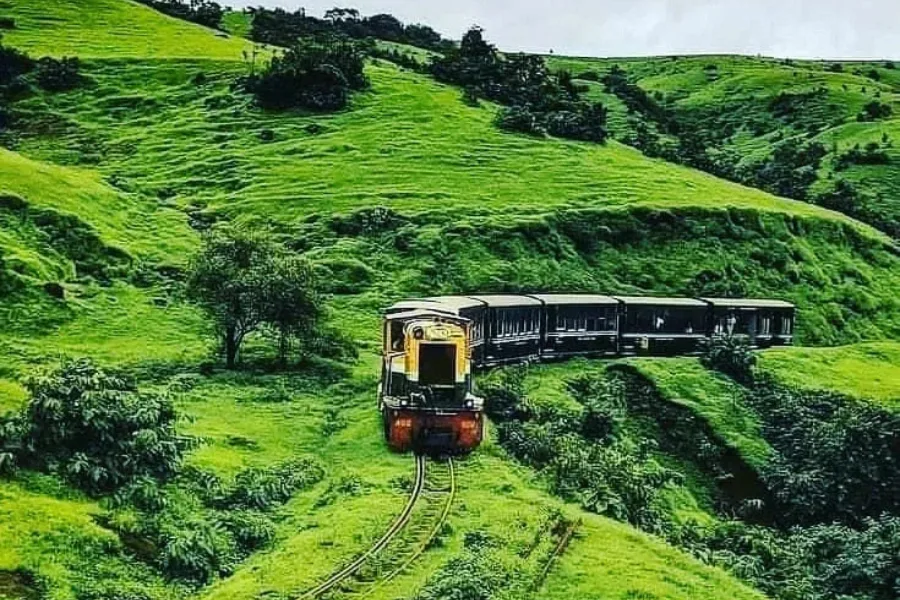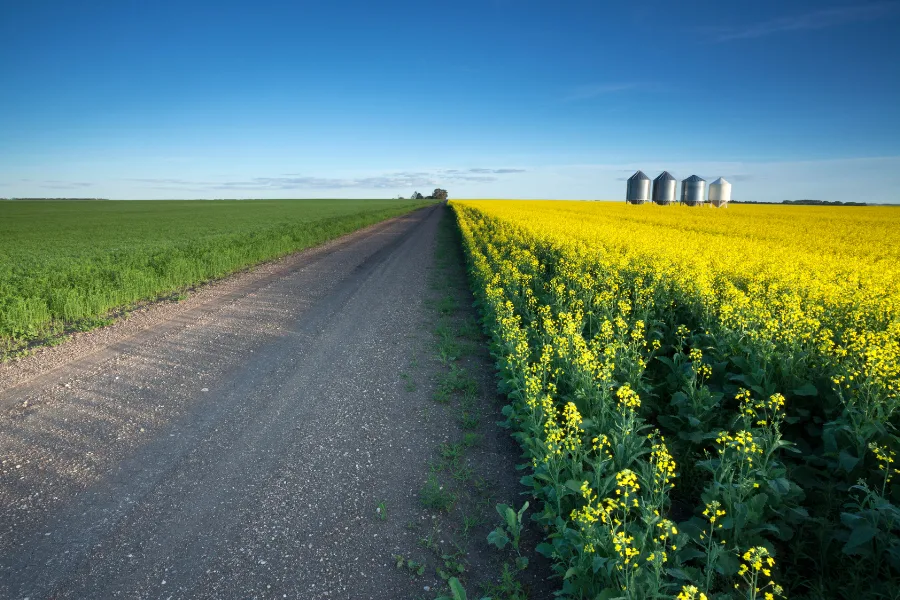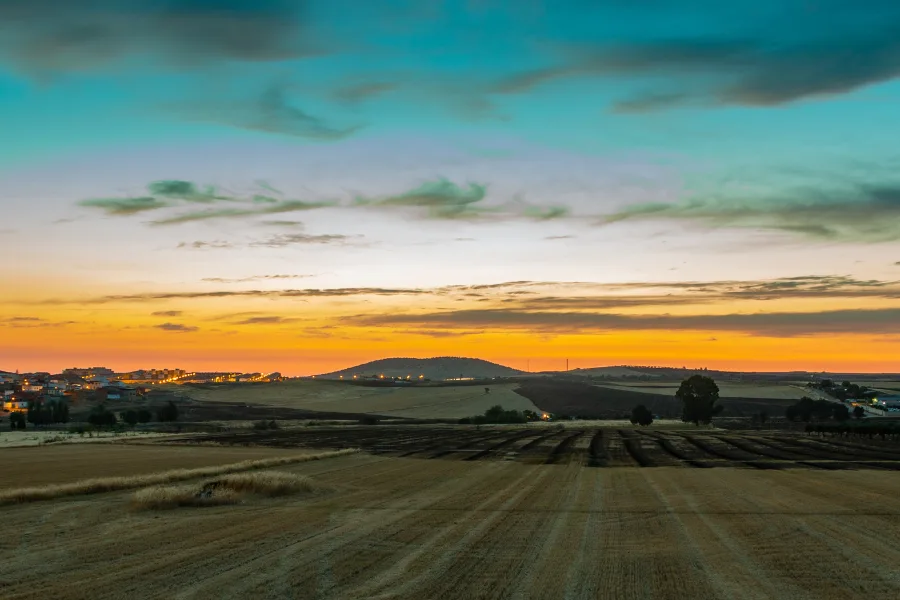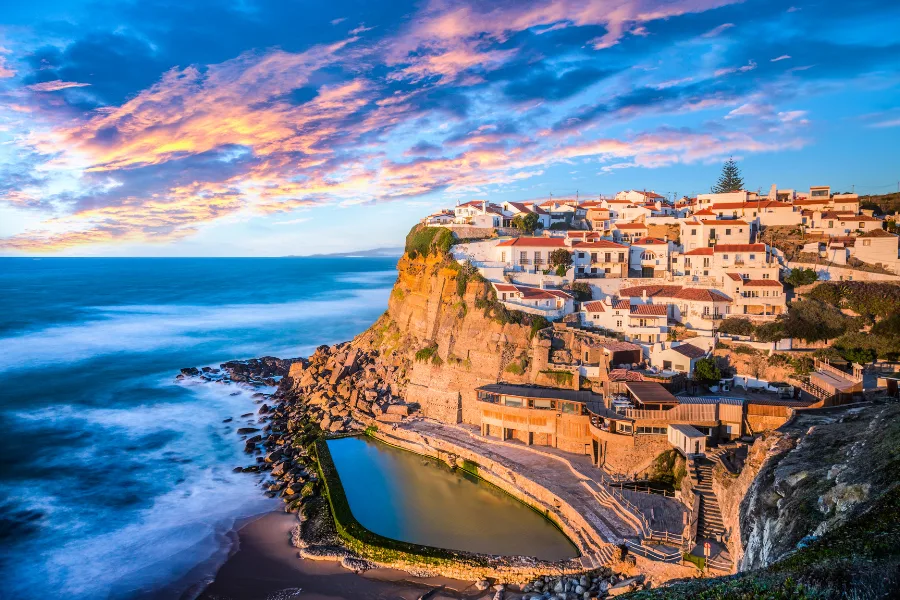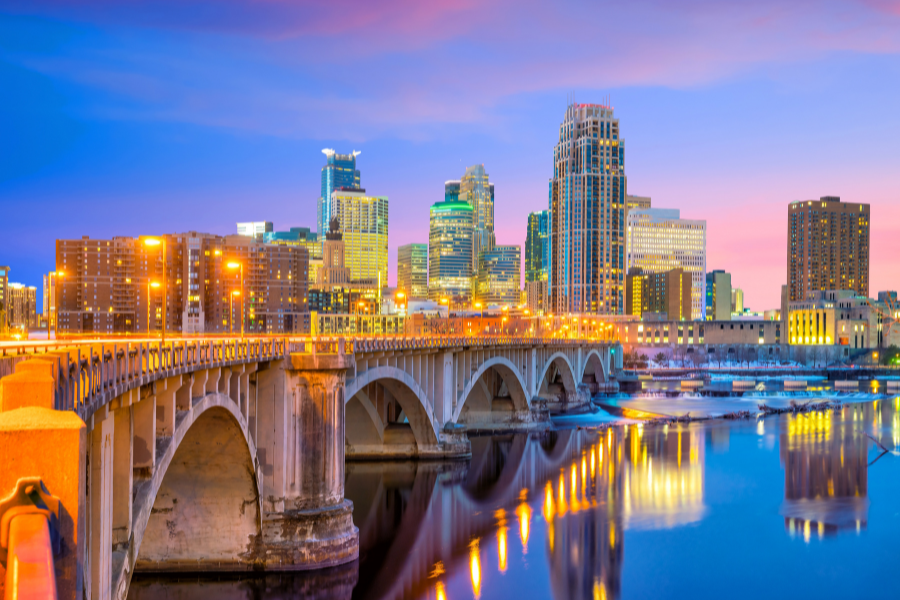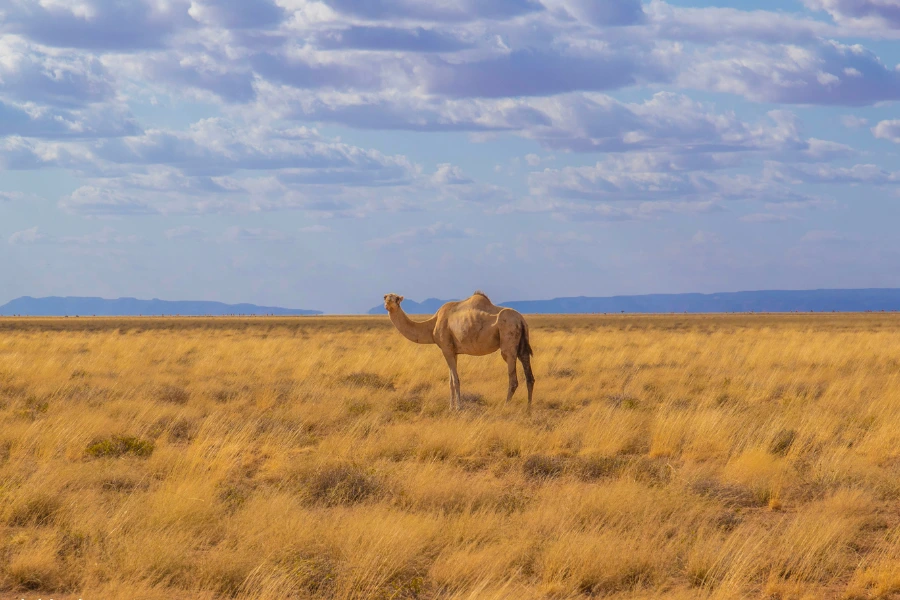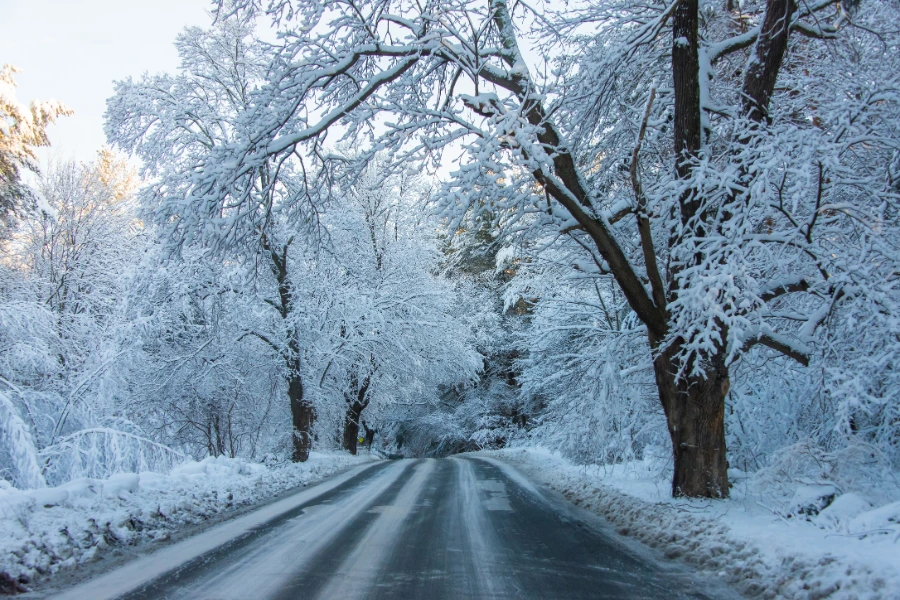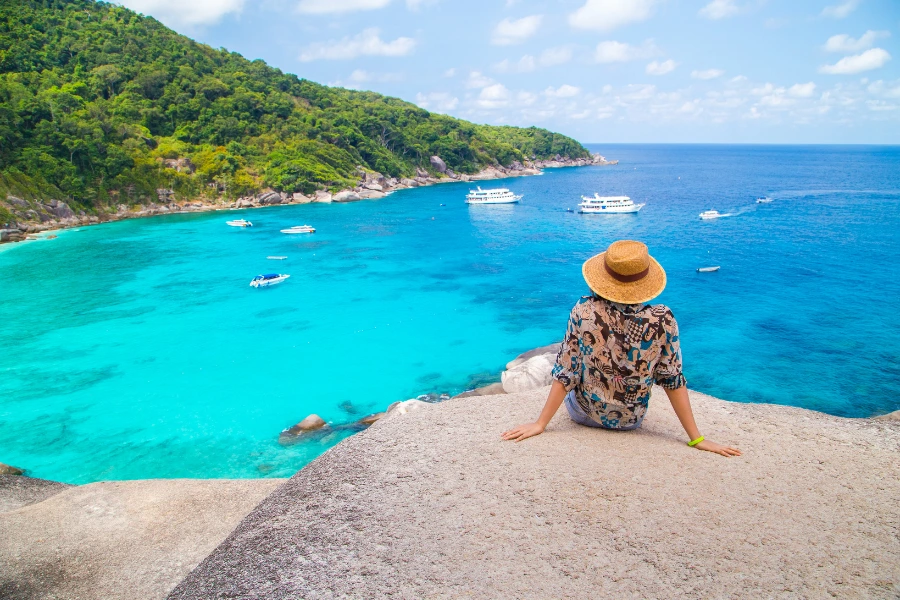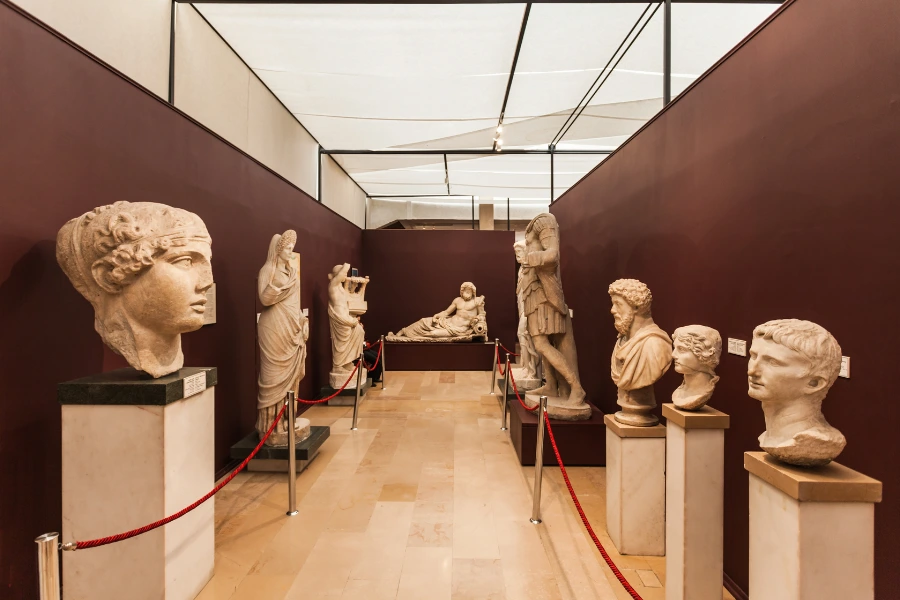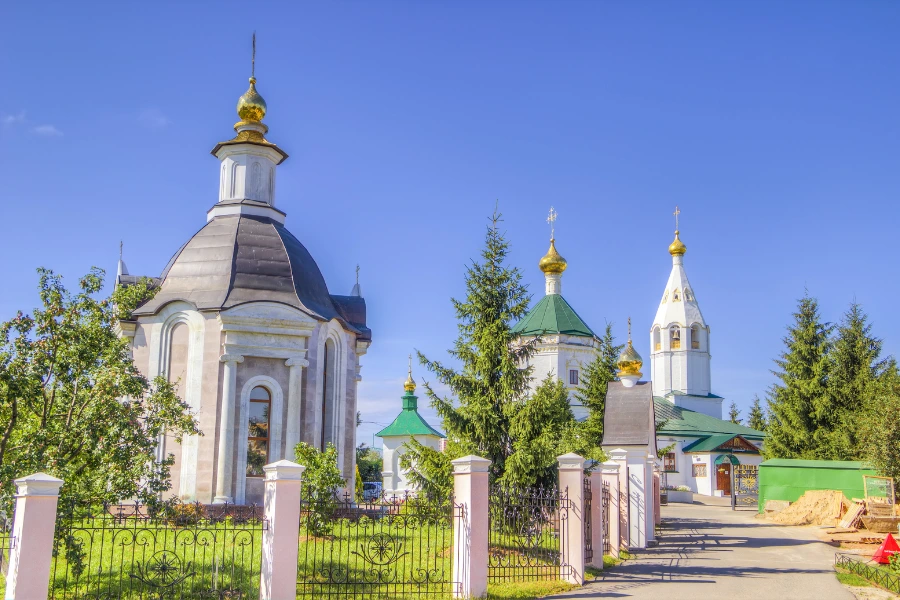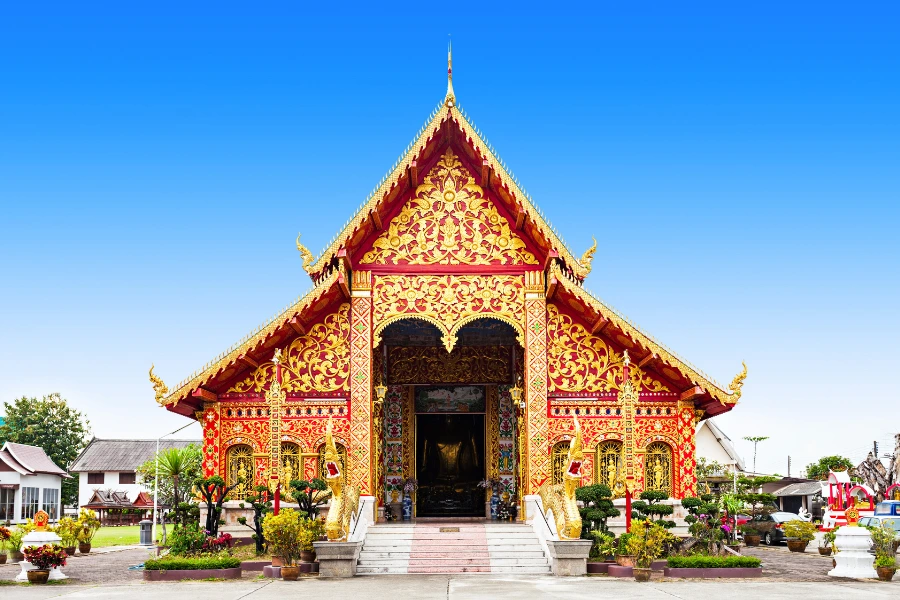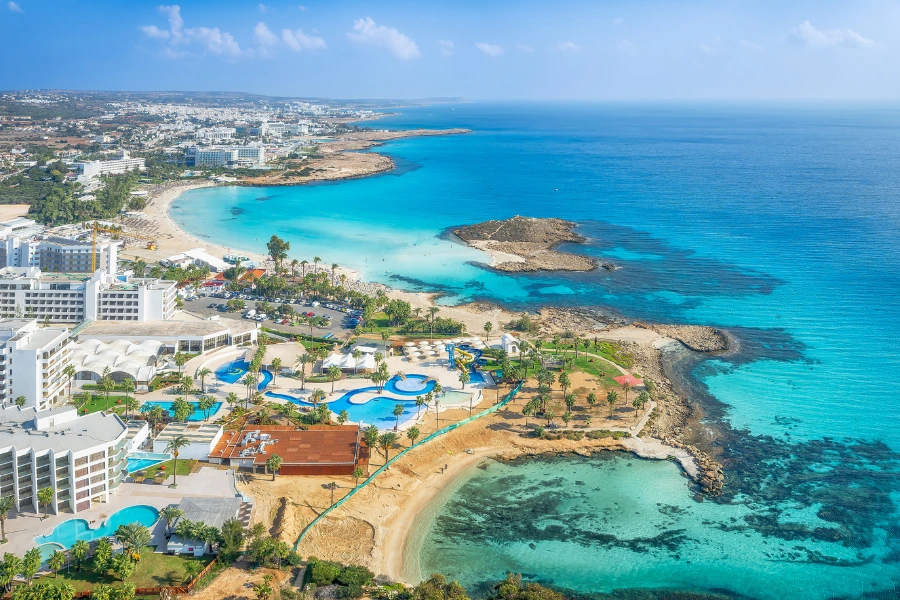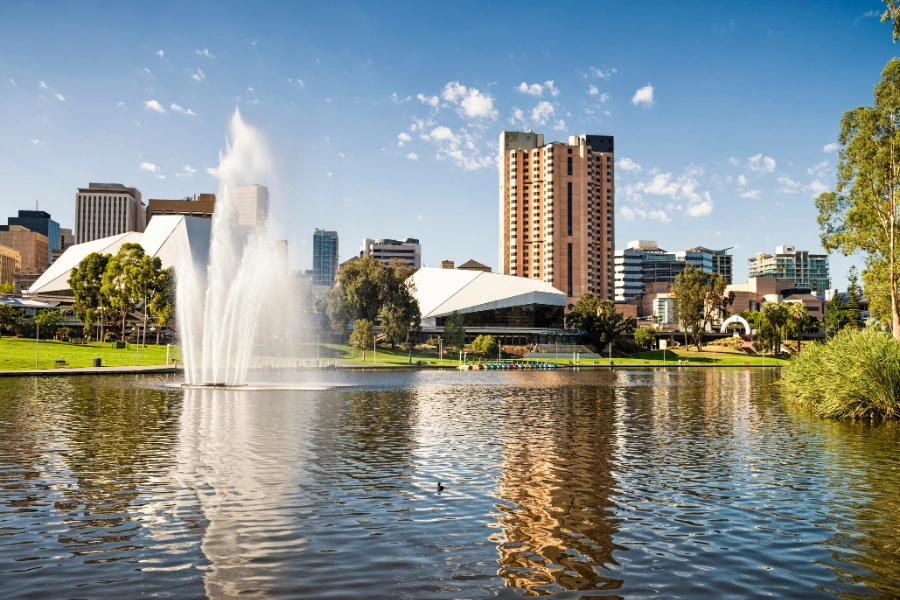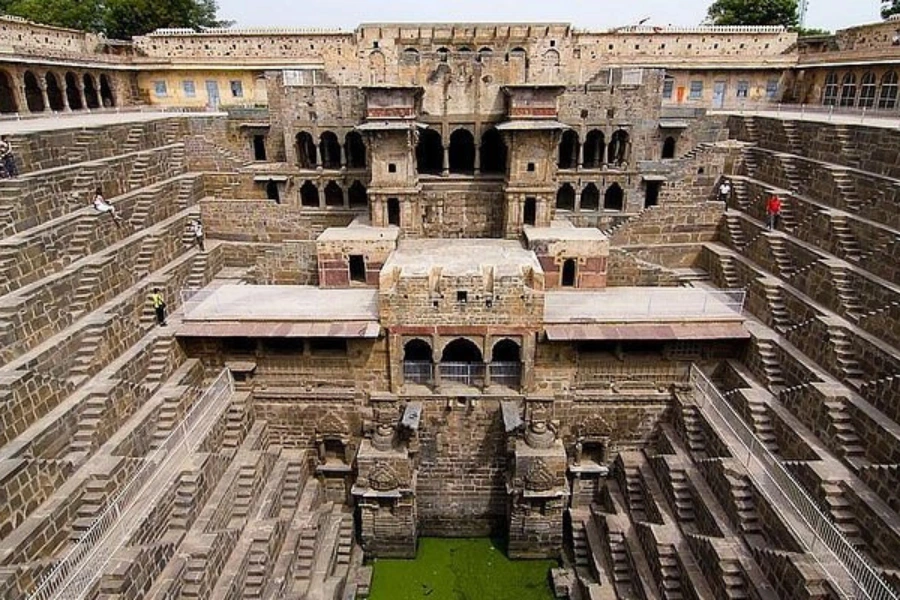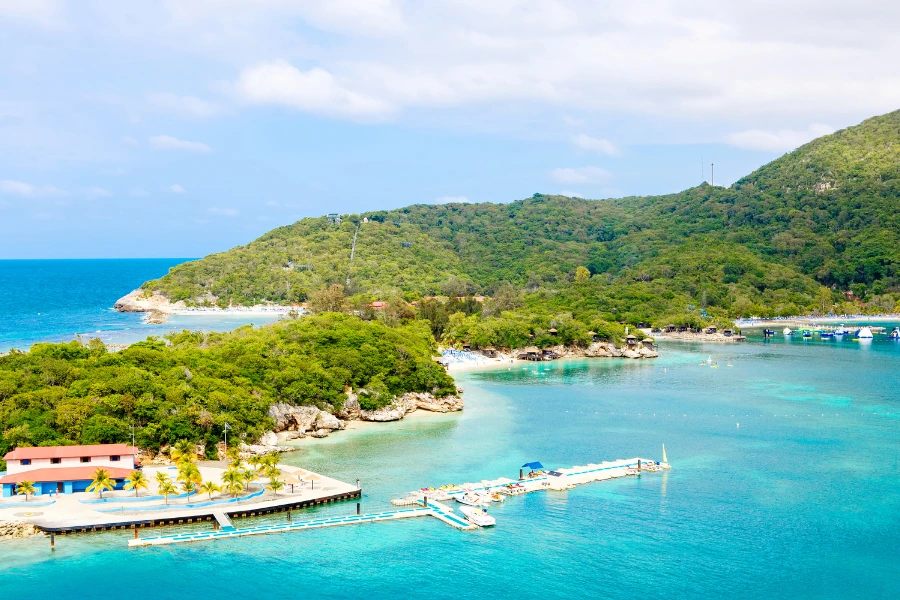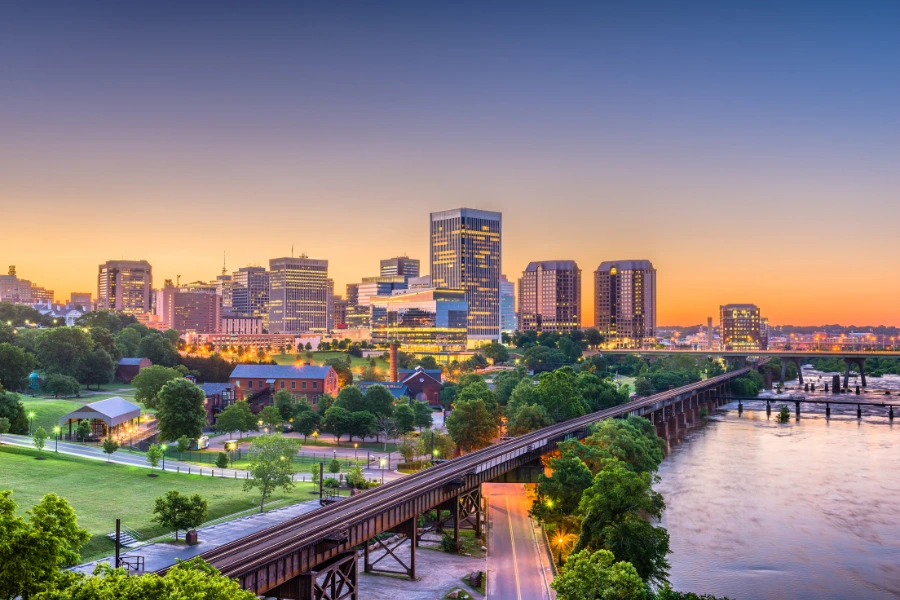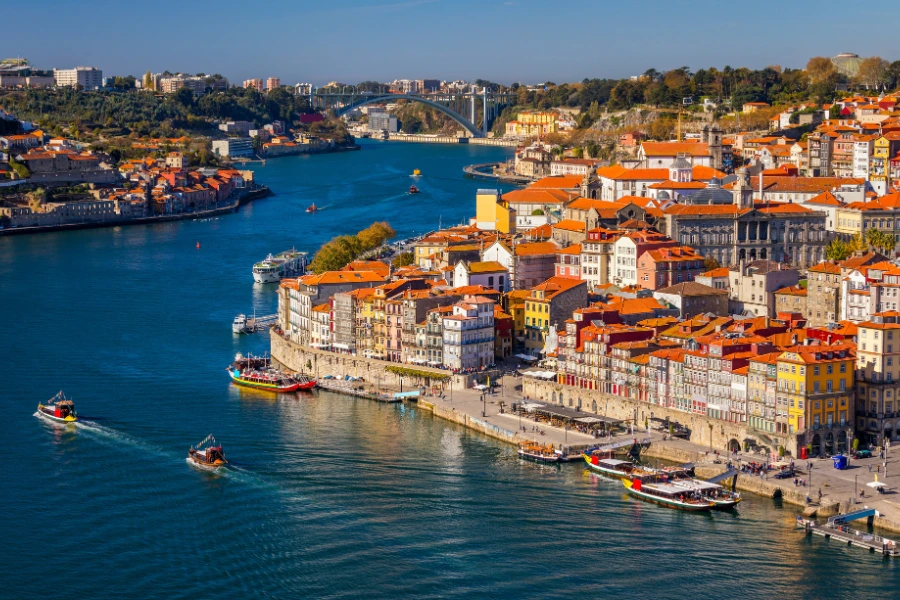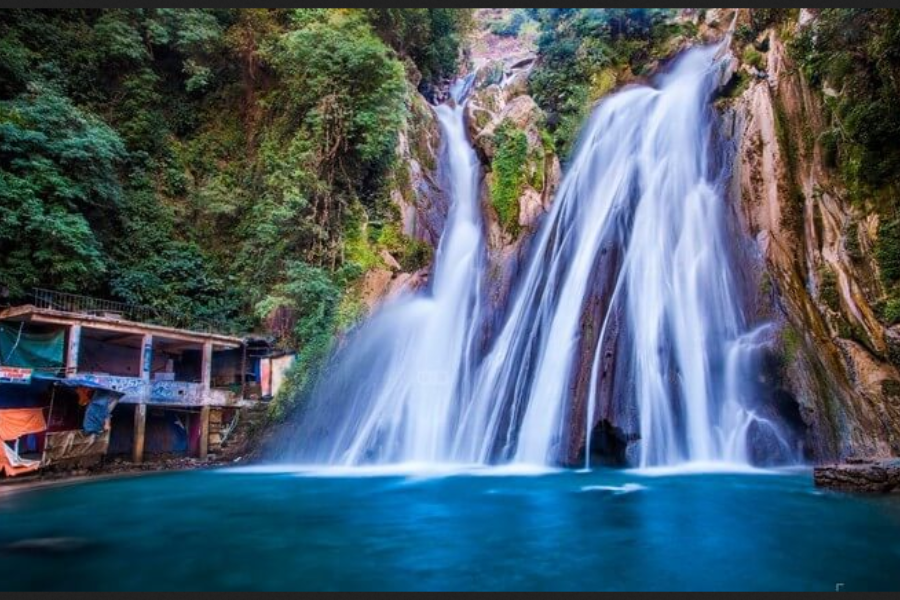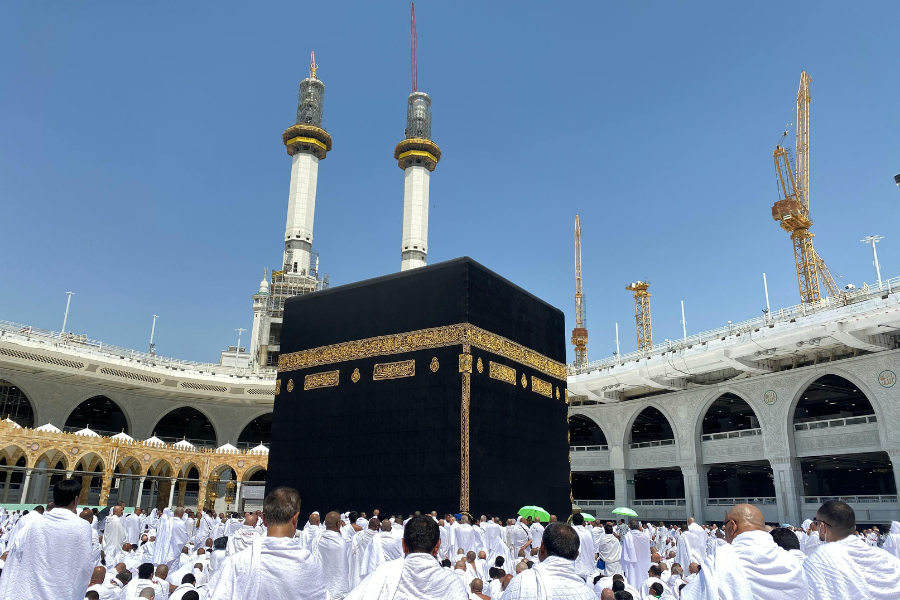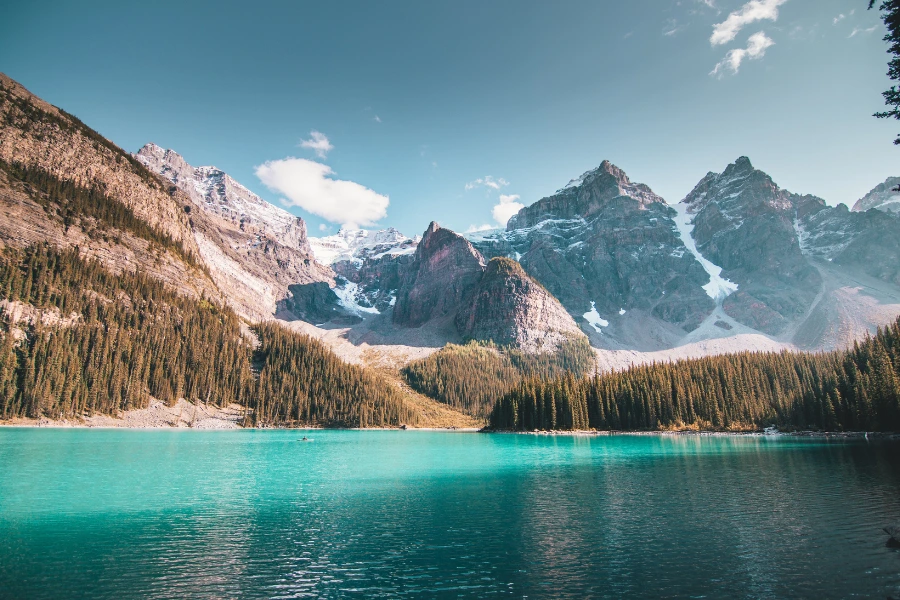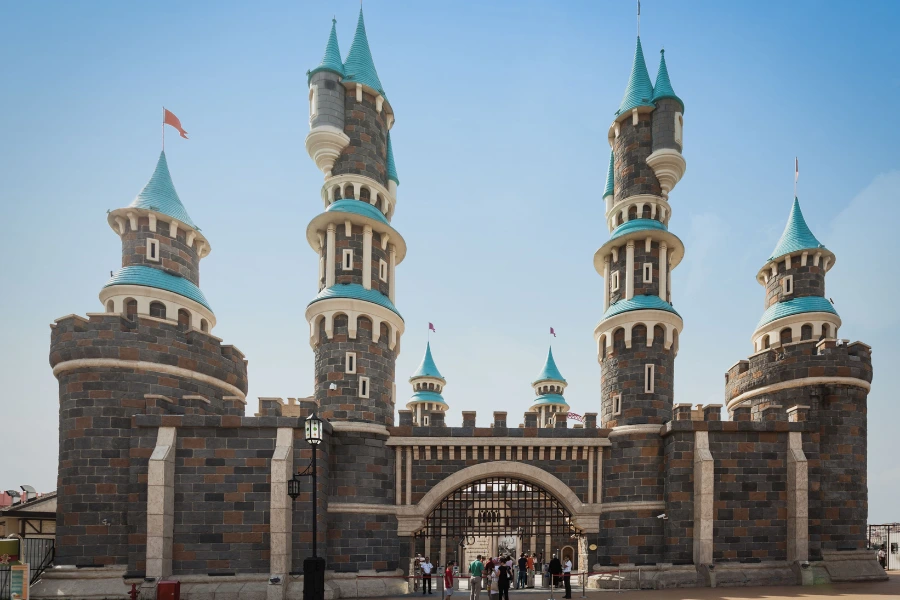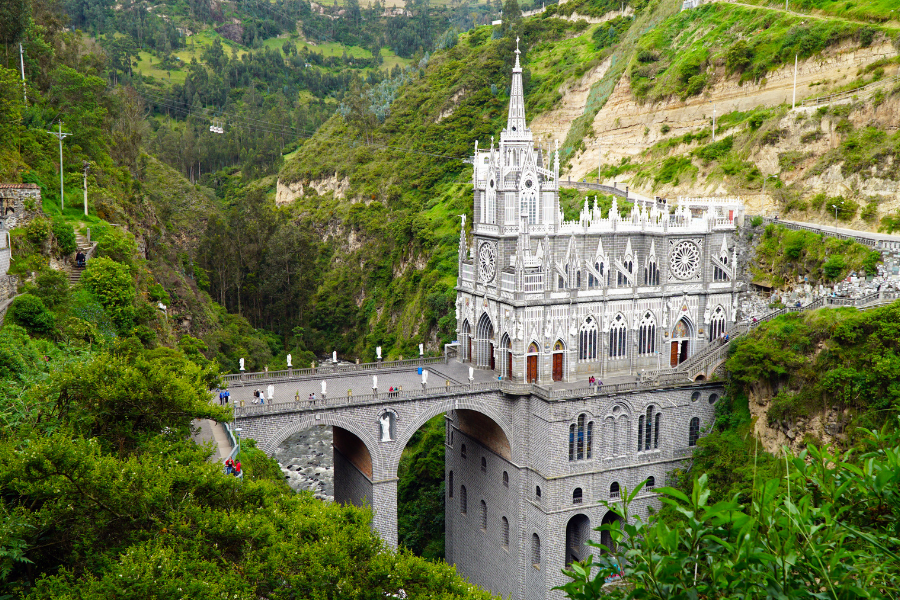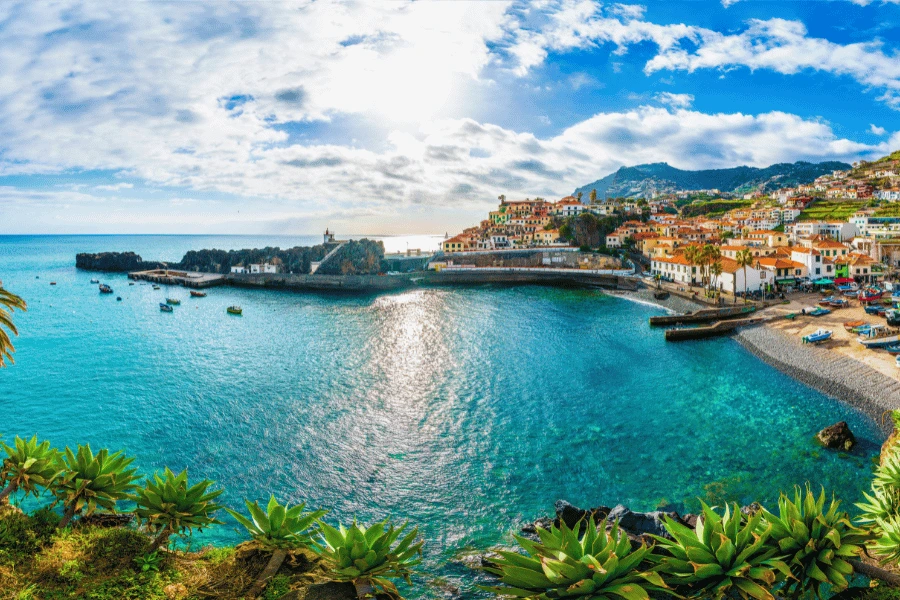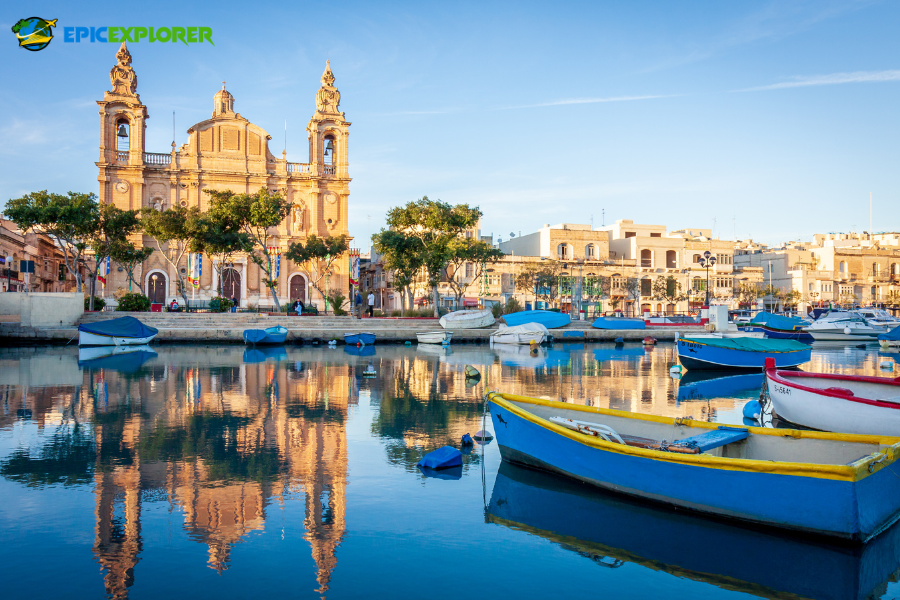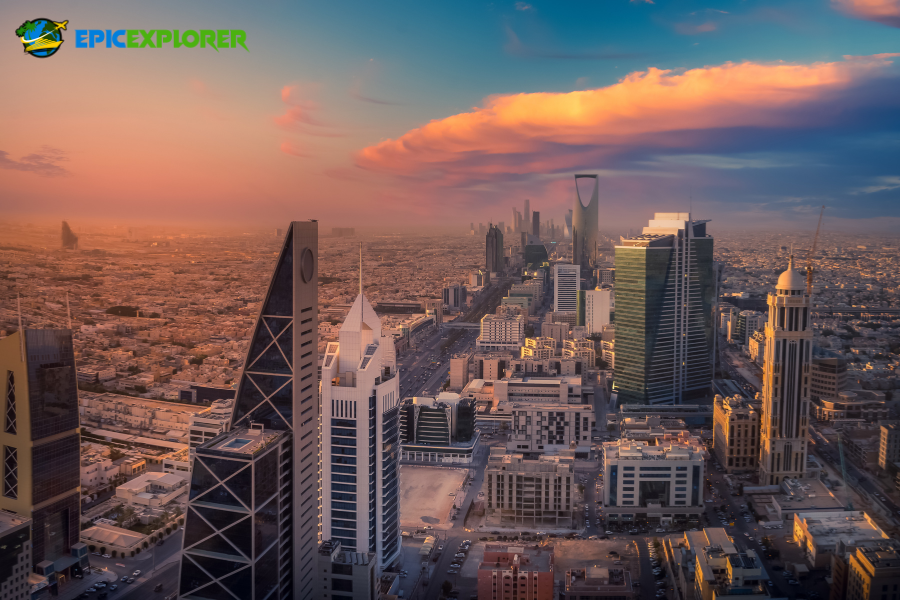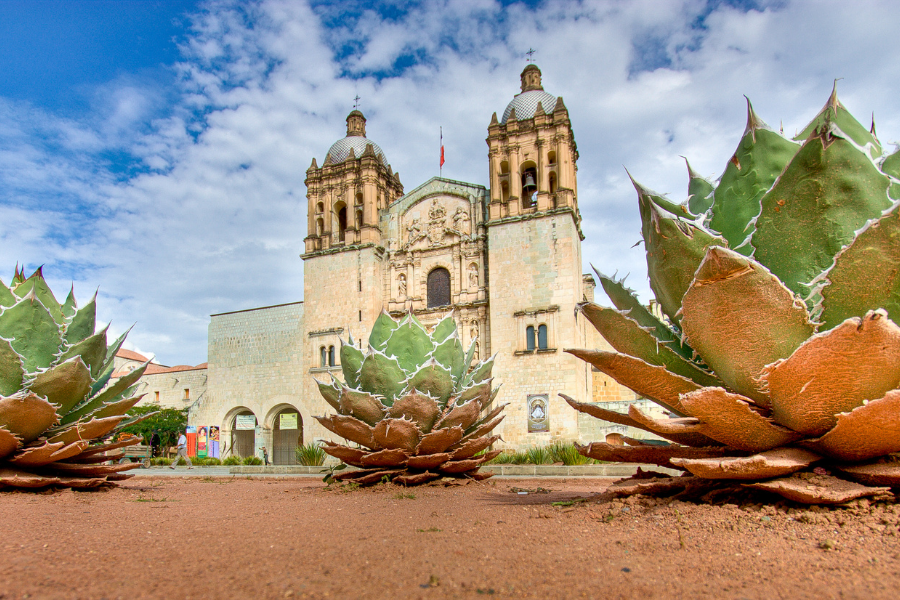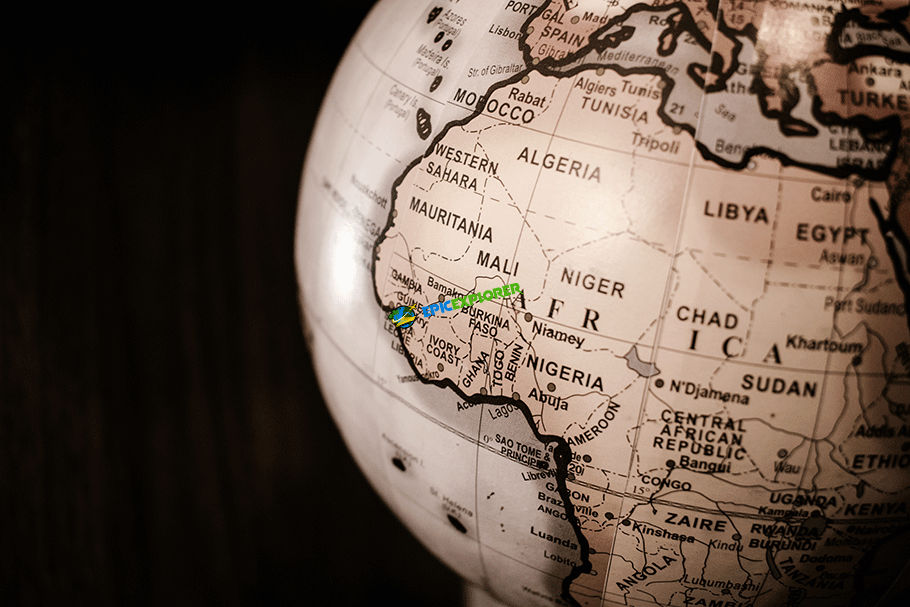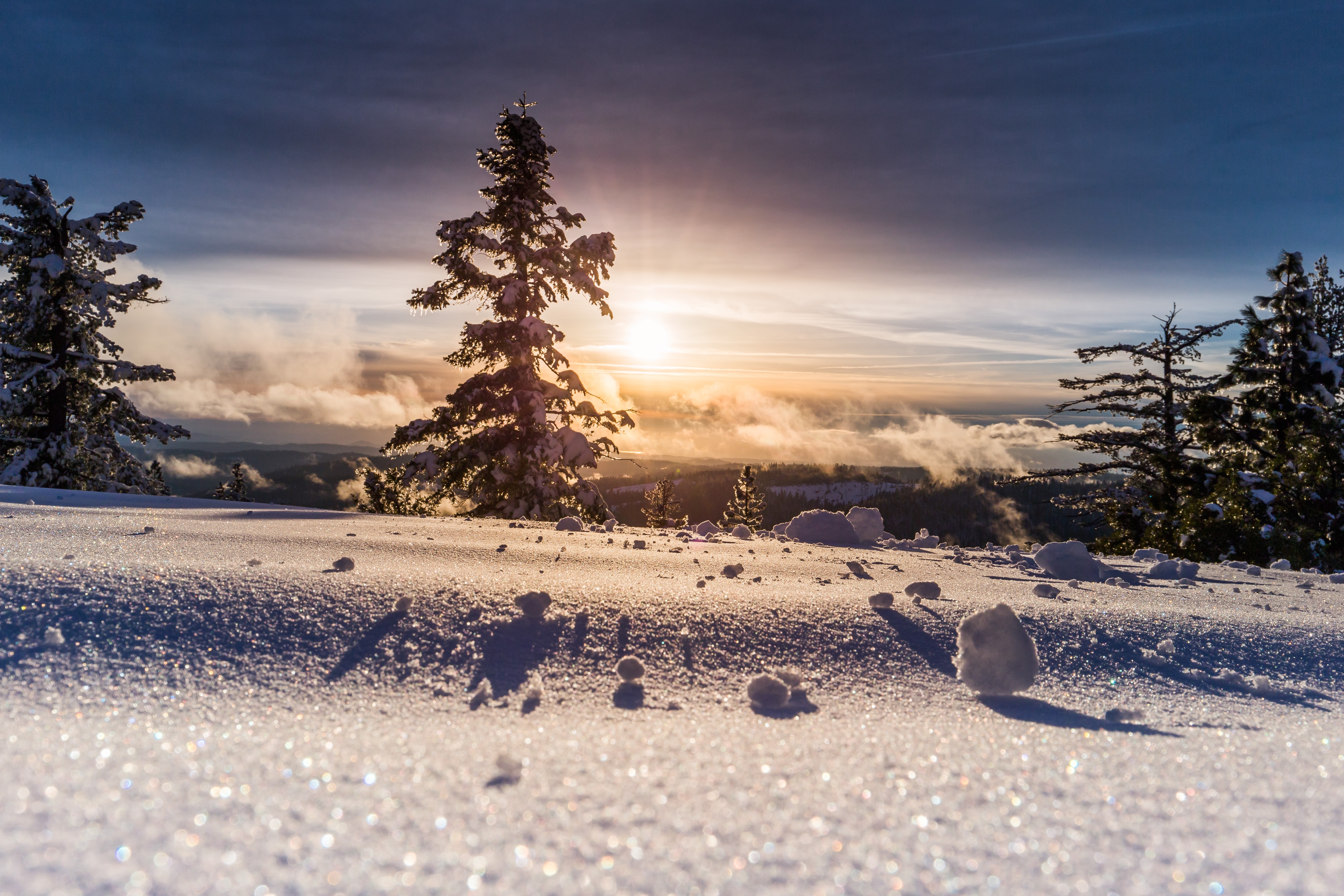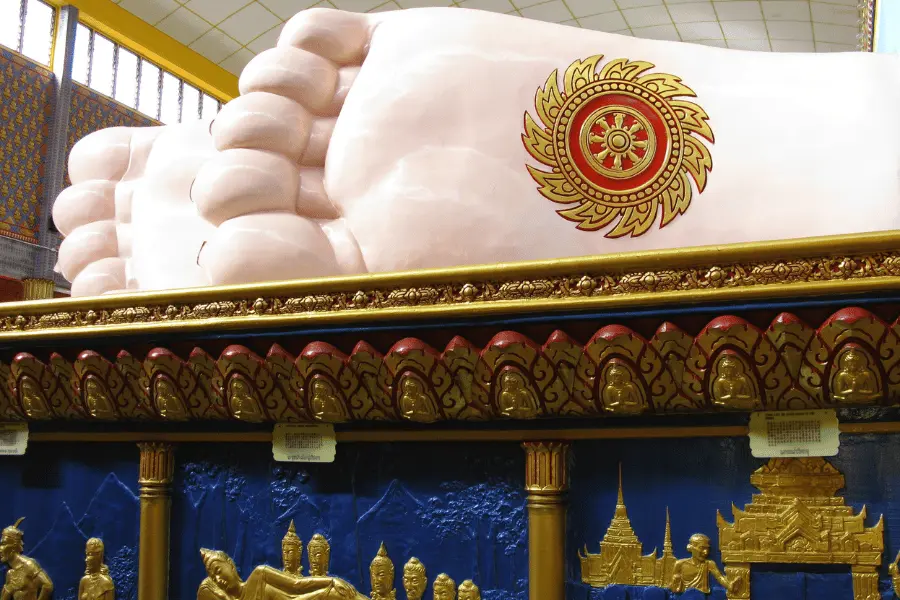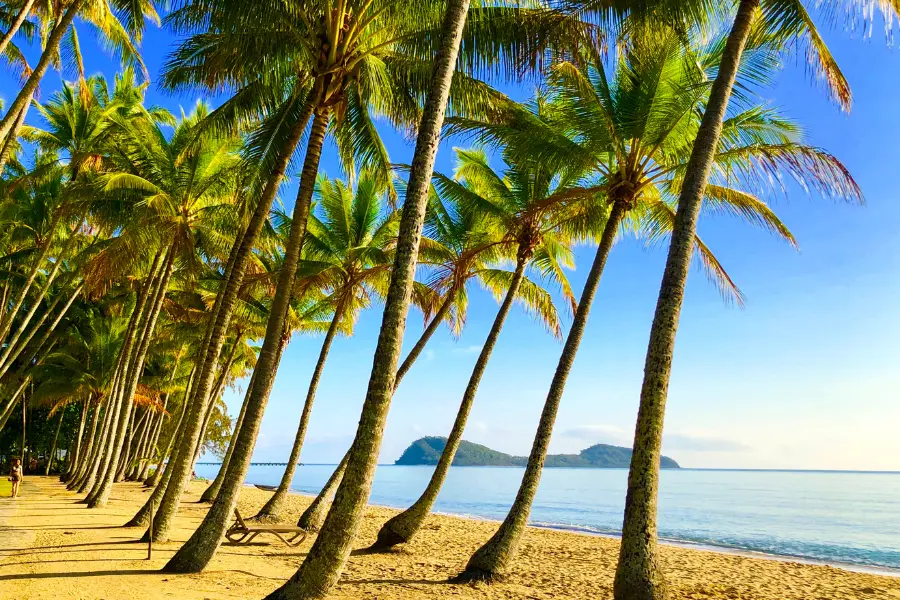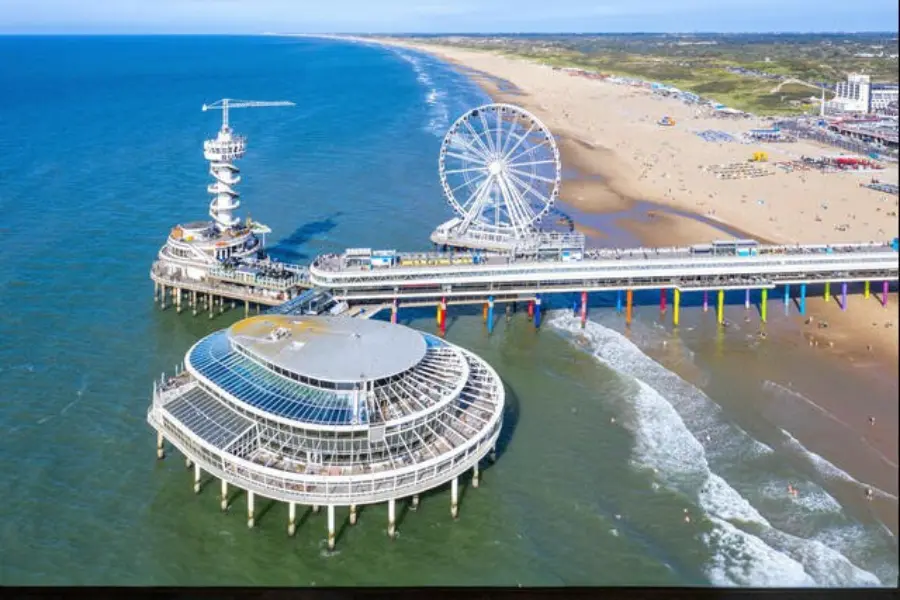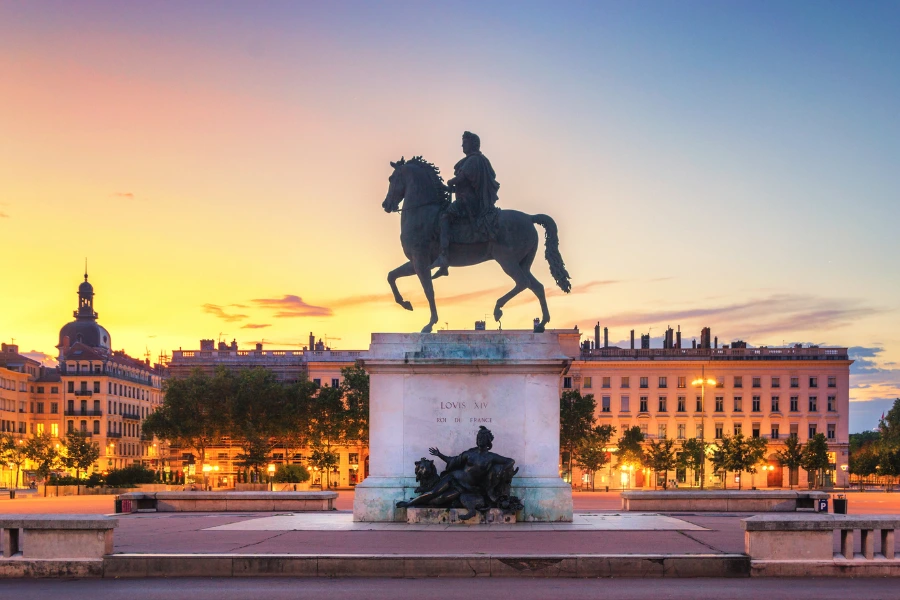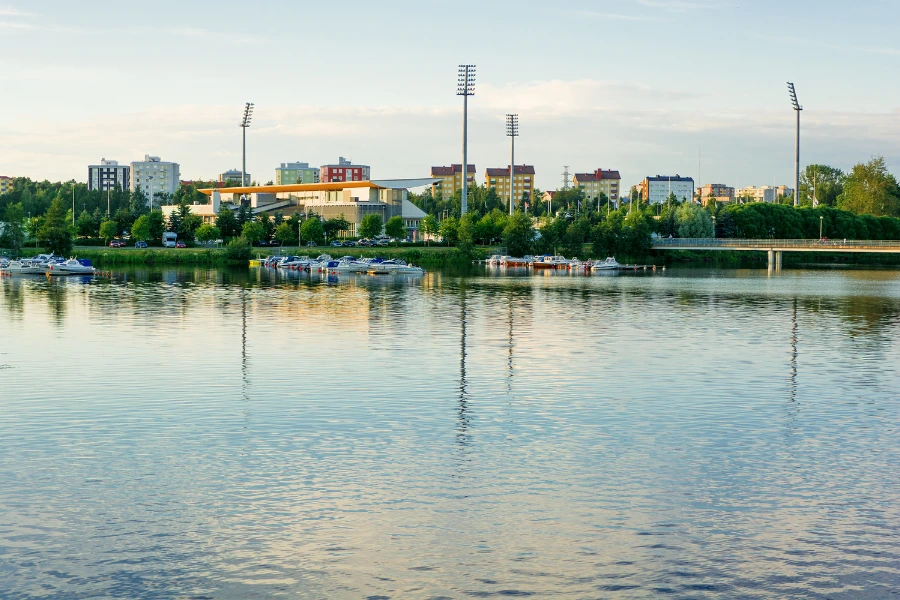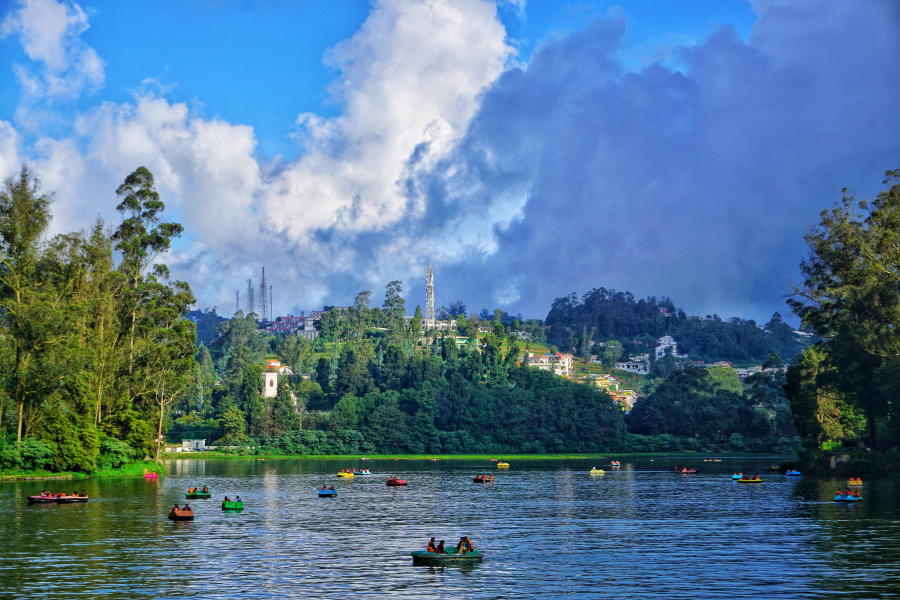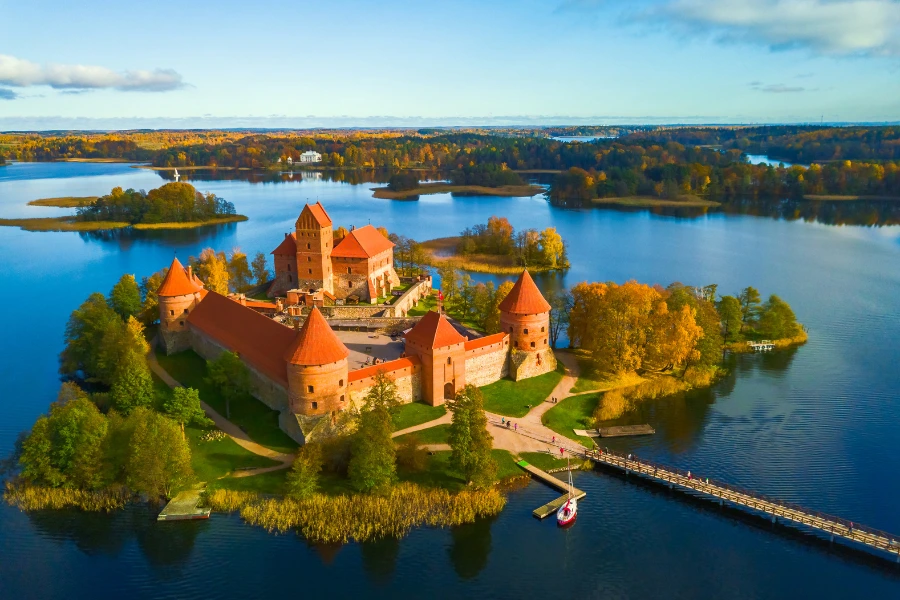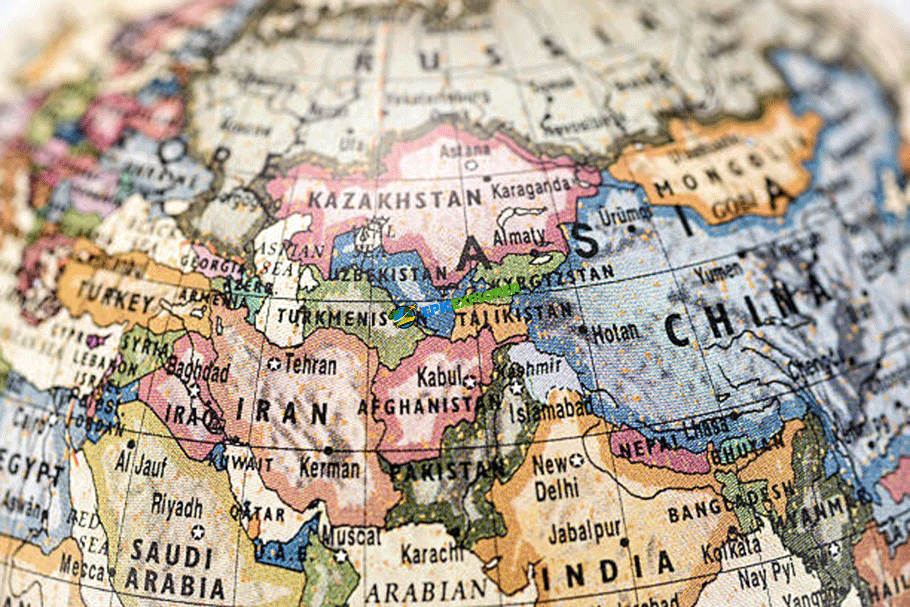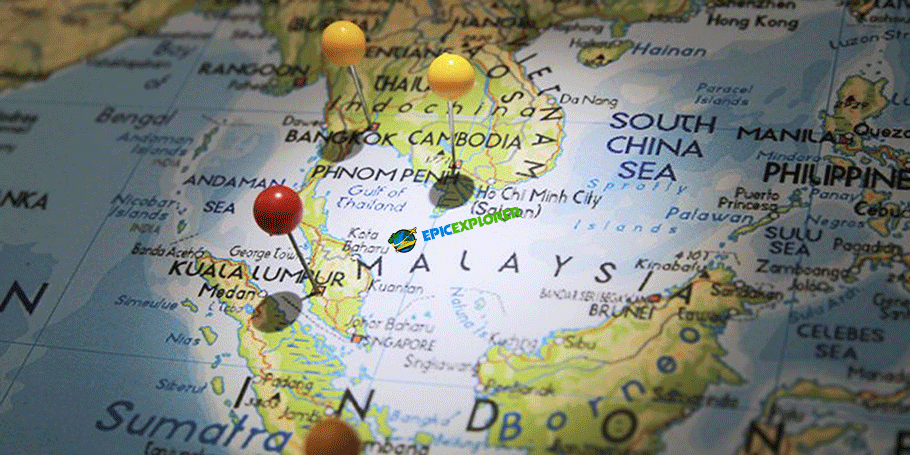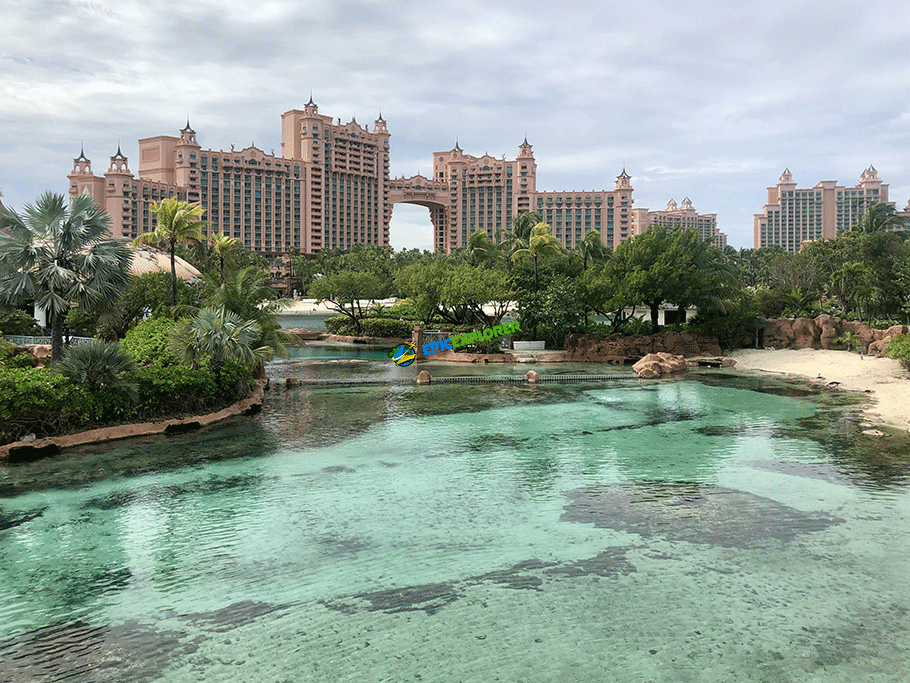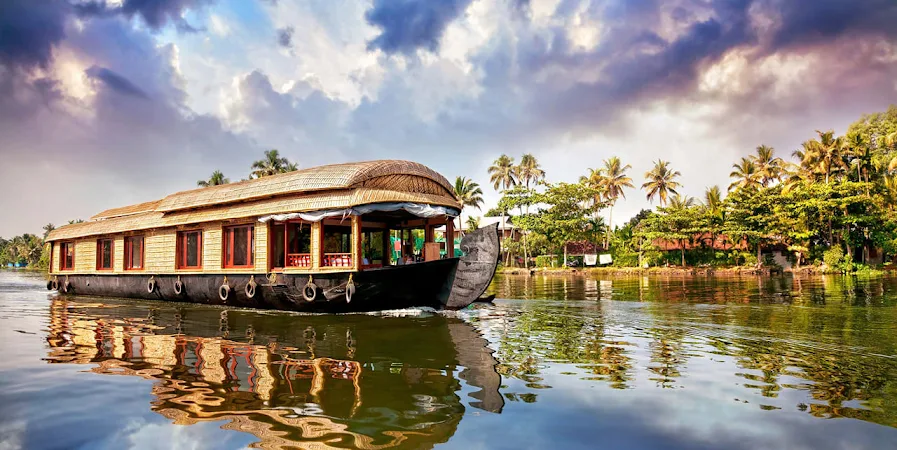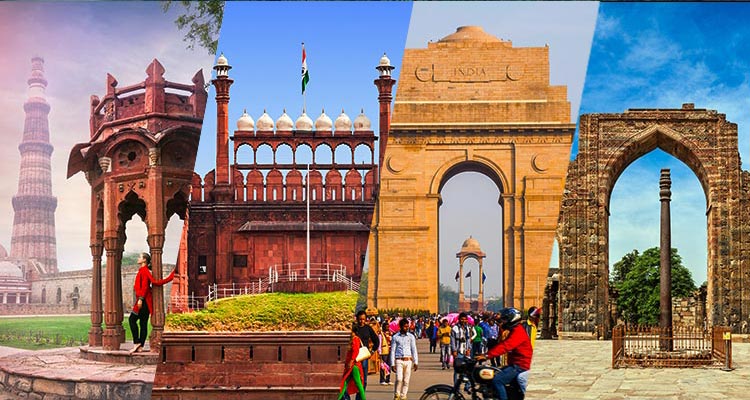Discovering Iran's Cultural Tapestry: Top 10 Cities to Explore
Iran, a land of ancient civilizations and diverse landscapes, is home to a multitude of cities rich in history, culture, and architectural wonders. From the bustling metropolis of Tehran to the ancient oasis city of Yazd, each city offers a unique glimpse into Iran's fascinating past and vibrant present.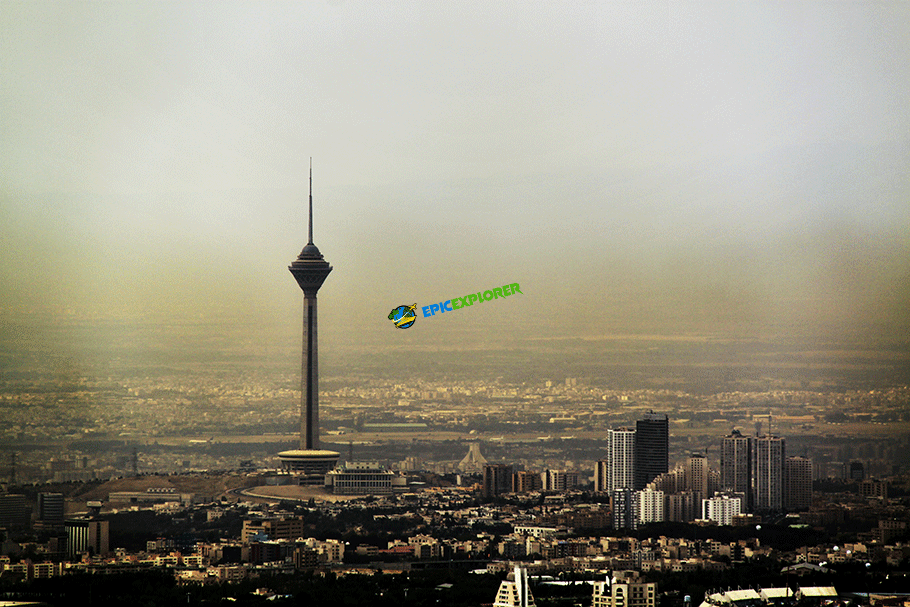
1. Tehran - Capital of Persia
Brief History: Tehran, the bustling capital of Iran, has a history dating back over 7,000 years. Originally a small village, Tehran grew into a significant urban center during the Qajar dynasty in the 19th century and became the capital of Iran in 1796. Throughout its history, Tehran has witnessed political upheavals, cultural transformations, and rapid urbanization, evolving into a modern metropolis known for its diverse population, vibrant arts scene, and iconic landmarks.
Best Places to Visit:
- Golestan Palace: Explore the opulent former royal complex, dating back to the Qajar era, featuring exquisite architecture, lush gardens, and impressive halls adorned with intricate tilework and mirrorwork.
- Grand Bazaar: Lose yourself in the maze of bustling alleys and vibrant stalls of Tehran's oldest and largest bazaar, offering everything from spices and textiles to handicrafts and souvenirs.
- Milad Tower: Take in panoramic views of Tehran from the observation deck of this iconic landmark, one of the tallest towers in the world, and enjoy dining and entertainment options at its revolving restaurant and shopping mall.
Best Time to Visit: The best time to visit Tehran is during the spring (March to May) and autumn (September to November) when the weather is mild and pleasant for exploring the city's attractions.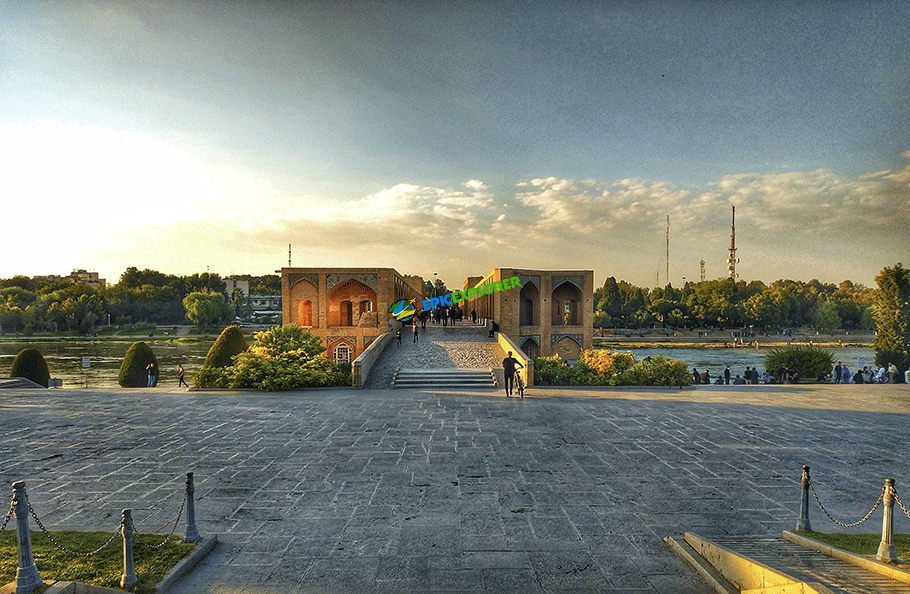
2. Isfahan - Jewel of Persia
Brief History: Isfahan, located in central Iran, is renowned for its stunning Islamic architecture, grand public squares, and rich cultural heritage. Once the capital of the Safavid dynasty in the 16th and 17th centuries, Isfahan flourished as a center of art, commerce, and diplomacy, earning it the title "Half of the World" for its beauty and importance. Today, Isfahan remains one of Iran's most beloved cities, attracting visitors with its magnificent mosques, palaces, and bridges.
Best Places to Visit:
- Naqsh-e Jahan Square: Marvel at the grandeur of this UNESCO World Heritage site, one of the largest squares in the world, surrounded by iconic landmarks such as the Imam Mosque, Sheikh Lotfollah Mosque, Ali Qapu Palace, and Qeysarie Gate.
- Chehel Sotoun Palace: Discover the splendid frescoes, mirrored halls, and beautiful gardens of this historic palace, built during the Safavid era as a royal pavilion and reception hall.
- Khaju Bridge: Enjoy a leisurely stroll along this elegant 17th-century bridge spanning the Zayandeh Rud River, adorned with intricate tilework, arches, and pavilions, and illuminated by night for a magical atmosphere.
Best Time to Visit: The best time to visit Isfahan is during the spring (March to May) and autumn (September to November) when the weather is mild and ideal for exploring the city's outdoor attractions.
3. Shiraz - City of Poetry
Brief History: Shiraz, known as the "City of Poets," has a rich literary and cultural heritage dating back over 4,000 years. As the capital of the Achaemenid Empire under Cyrus the Great, Shiraz flourished as a center of commerce, art, and education. In later centuries, the city became synonymous with Persian poetry and literature, producing renowned poets such as Hafez and Saadi. Today, Shiraz is celebrated for its gardens, mosques, and historic sites.
Best Places to Visit:
- Persepolis: Step back in time at this UNESCO World Heritage site, the ancient capital of the Achaemenid Empire, and marvel at the grandeur of its monumental ruins, including palaces, gateways, and reliefs.
- Eram Garden: Relax in the tranquil surroundings of this historic Persian garden, famous for its lush greenery, fragrant flowers, and picturesque pavilions, reflecting pools, and fountains.
- Tomb of Hafez: Pay homage to the celebrated Persian poet Hafez at his mausoleum, set in a serene garden adorned with verses of his poetry, where locals and visitors gather to seek inspiration and solace.
Best Time to Visit: The best time to visit Shiraz is during the spring (March to May) and autumn (September to November) when the weather is mild and conducive to exploring the city's outdoor attractions.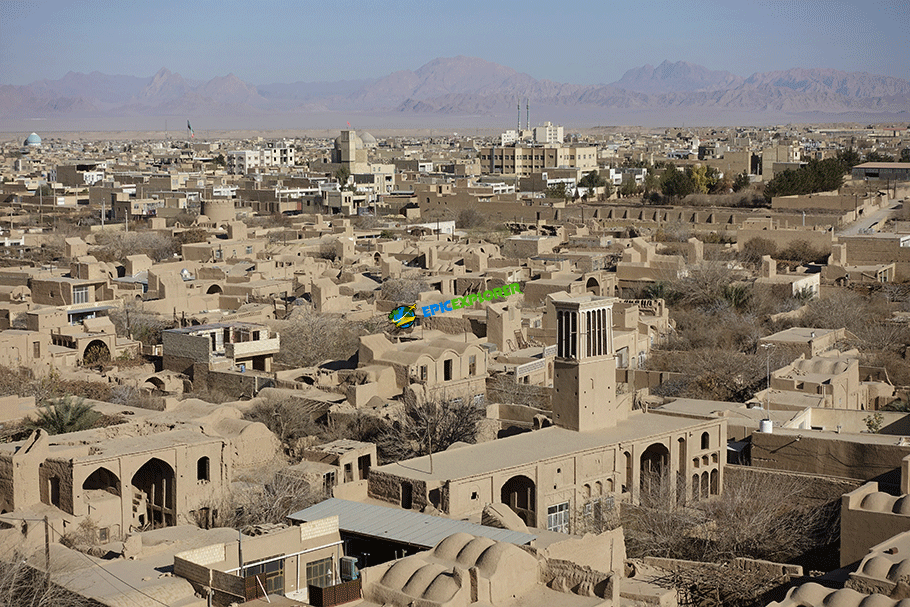
4. Yazd - City of Windcatchers
Brief History: Yazd, located in central Iran, is one of the oldest continuously inhabited cities in the world, with a history dating back over 5,000 years. Known for its unique architecture, desert climate, and Zoroastrian heritage, Yazd has been a center of trade, religion, and culture along the ancient Silk Road. The city is famous for its distinctive windcatchers, traditional adobe buildings, and underground water channels known as qanats.
Best Places to Visit:
- Jameh Mosque of Yazd: Admire the beauty of this magnificent mosque, one of the oldest in Iran, featuring stunning tilework, minarets, and a lofty portal, and explore its tranquil courtyard and prayer halls.
- Yazd Old Town: Wander through the maze-like alleys and narrow lanes of Yazd's historic old town, lined with traditional mud-brick houses, bazaars, and caravanserais, and soak up the atmosphere of ancient Persia.
- Tower of Silence: Discover the fascinating Zoroastrian tradition of sky burial at this ancient site, where the deceased were laid out to decompose and be consumed by birds of prey, in accordance with religious beliefs.
Best Time to Visit: The best time to visit Yazd is during the spring (March to May) and autumn (September to November) when the weather is mild and ideal for exploring the city's outdoor attractions.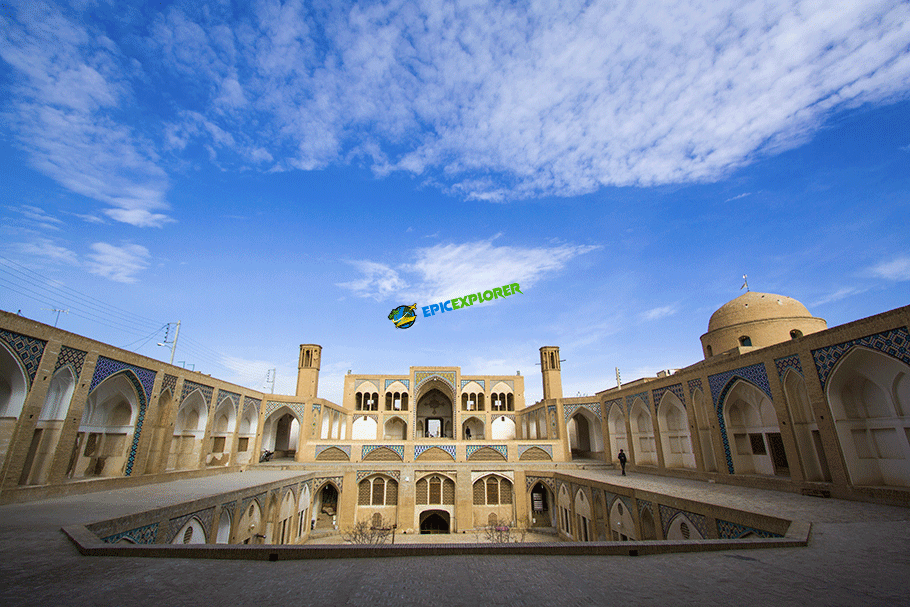
5. Kashan - Oasis of Culture
Brief History: Kashan, situated on the edge of the central Iranian desert, has a history dating back over 7,000 years. As an oasis town along the Silk Road, Kashan prospered as a center of commerce, craftsmanship, and culture, known for its textiles, ceramics, and architecture. The city has been influenced by various civilizations, including the Persian, Seljuk, and Safavid dynasties, leaving behind a legacy of historic buildings and cultural traditions.
Best Places to Visit:
- Tabatabaei House: Step into the lavish world of Persian architecture and design at this historic mansion, renowned for its exquisite tilework, stained glass windows, and intricately painted ceilings.
- Fin Garden: Escape the hustle and bustle of the city at this tranquil paradise, dating back to the Safavid era, featuring lush gardens, flowing water channels, and a historic pavilion.
- Agha Bozorg Mosque: Admire the beauty of this magnificent mosque and madrasa complex, built in the 18th century, with its elegant courtyard, turquoise dome, and intricate tilework.
Best Time to Visit: The best time to visit Kashan is during the spring (March to May) and autumn (September to November) when the weather is mild and conducive to exploring the city's outdoor attractions.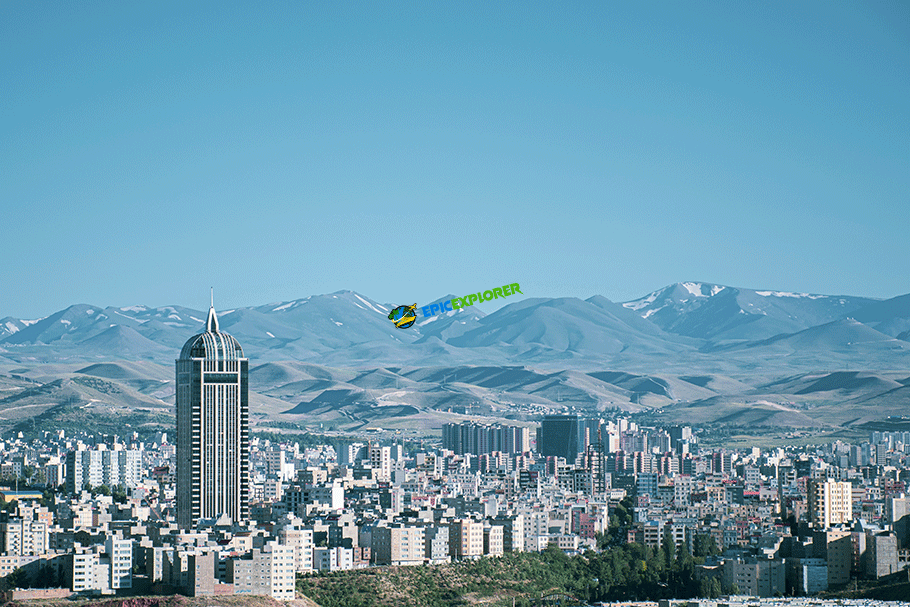
6. Tabriz - Cradle of Civilization
Brief History: Tabriz, located in northwestern Iran, is one of the oldest cities in the country, with a history dating back over 4,000 years. As a strategic crossroads along the Silk Road, Tabriz flourished as a center of trade, culture, and learning, attracting merchants, scholars, and travelers from around the world. The city has been ruled by various empires, including the Mongols, Safavids, and Qajars, leaving behind a rich architectural heritage and cultural legacy.
Best Places to Visit:
- Tabriz Historic Bazaar Complex: Explore the labyrinthine alleys and vibrant marketplaces of this UNESCO World Heritage site, one of the oldest and largest covered bazaars in the world, featuring mosques, caravanserais, and shops selling carpets, spices, and handicrafts.
- Blue Mosque: Marvel at the intricate tilework and majestic dome of this historic mosque, dating back to the 15th century, with its elegant minarets, turquoise faience, and ornate calligraphy.
- Tabriz Citadel: Discover the remnants of this ancient fortress, dating back to the Sassanian era, and explore its defensive walls, towers, and archaeological museum, offering insights into Tabriz's long and storied history.
Best Time to Visit: The best time to visit Tabriz is during the spring (March to May) and autumn (September to November) when the weather is mild and ideal for exploring the city's outdoor attractions.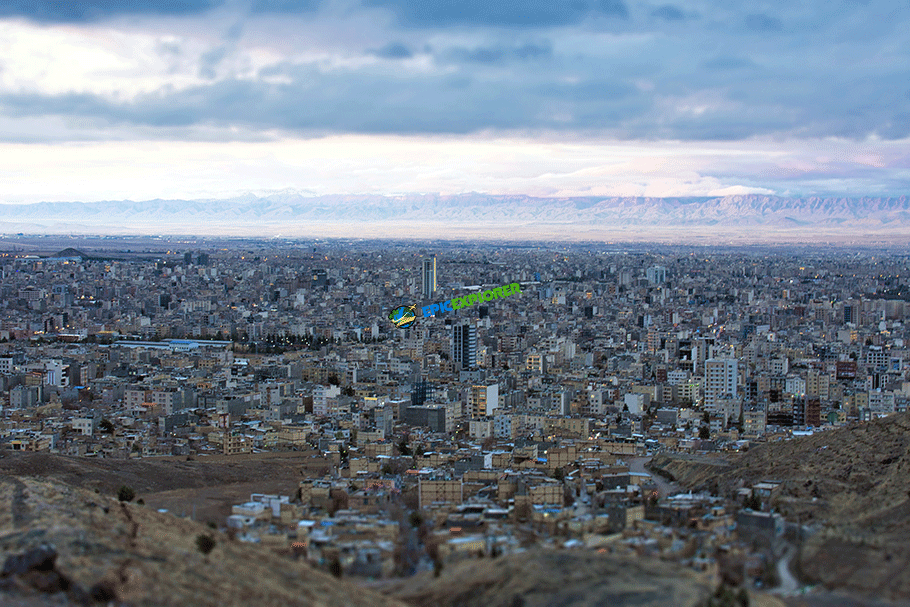
7. Mashhad - Pilgrimage Destination
Brief History: Mashhad, located in northeastern Iran, is one of the holiest cities in Shia Islam, revered for its shrine of Imam Reza, the eighth Imam of the Twelver Shia Muslims. Originally a small village, Mashhad grew into a major pilgrimage destination following the martyrdom of Imam Reza in the 9th century. Over the centuries, the city has expanded around the shrine complex, attracting millions of pilgrims and visitors from around the world.
Best Places to Visit:
- Imam Reza Shrine: Pay homage to the revered Imam Reza at this grand shrine complex, the largest mosque in the world by dimension, featuring golden domes, minarets, courtyards, and exquisite tilework.
- Nader Shah Museum: Learn about the life and legacy of the legendary Persian ruler Nader Shah at this museum, housed in his former mausoleum, and discover artifacts, weapons, and artworks from the Afsharid era.
- Kooh Sangi Park: Relax in the scenic surroundings of this popular park, known for its tranquil atmosphere, lush greenery, and iconic stone sculptures, including the "Black Stone" believed to have healing properties.
Best Time to Visit: The best time to visit Mashhad is during the spring (March to May) and autumn (September to November) when the weather is mild and conducive to outdoor activities.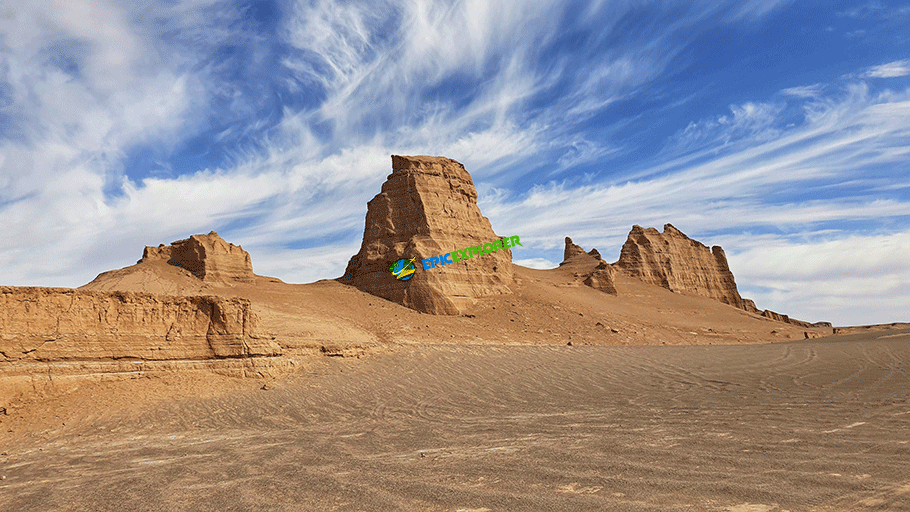
8. Kerman - Gateway to the Desert
Brief History: Kerman, located in southeastern Iran, is an ancient city with a history dating back over 2,000 years. As a strategic oasis along the Silk Road, Kerman prospered as a center of trade, craftsmanship, and culture, known for its carpets, textiles, and ceramics. The city has been ruled by various dynasties, including the Sassanians, Seljuks, and Safavids, leaving behind a legacy of historic buildings, bazaars, and caravanserais.
Best Places to Visit:
- Ganjali Khan Complex: Explore this historic complex, built during the Safavid era, featuring a bathhouse, mosque, bazaar, and caravanserai, with its elegant architecture, decorative tilework, and cultural exhibits.
- Shahdad Desert: Embark on an adventure to Iran's hottest desert, located near Kerman, and witness breathtaking landscapes of sand dunes, salt flats, and rocky terrain, as well as natural wonders such as the "Lut Desert Star," a unique geological formation.
- Rayen Citadel: Discover the ancient ruins of this fortified complex, resembling a miniature version of Bam Citadel, with its defensive walls, towers, and residential quarters, offering insights into medieval Persian architecture and urban planning.
Best Time to Visit: The best time to visit Kerman is during the spring (March to May) and autumn (September to November) when the weather is mild and ideal for exploring the city's outdoor attractions.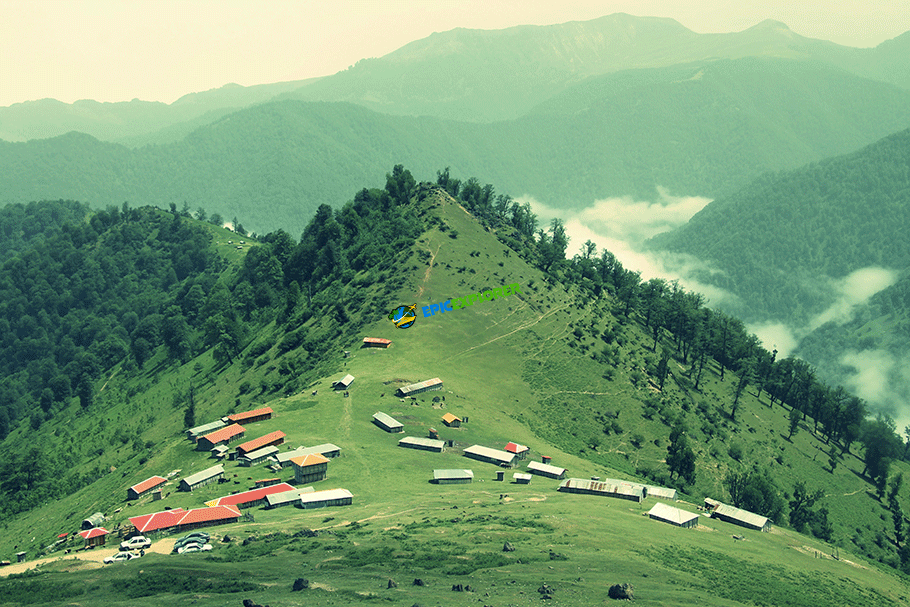
9. Rasht - Gateway to the Caspian Sea
Brief History: Rasht, located in the lush Caspian region of northern Iran, is the capital of Gilan province and a hub of culture, cuisine, and commerce. With a history dating back over 1,500 years, Rasht has been influenced by various civilizations, including the Persians, Arabs, and Russians, shaping its unique identity and traditions. The city is known for its vibrant bazaars, traditional music, and culinary delights, earning it the title "City of Rain" for its abundant rainfall and fertile lands.
Best Places to Visit:
- Rasht Bazaar: Immerse yourself in the sights, sounds, and smells of Rasht's bustling bazaars, filled with vendors selling spices, teas, herbs, and local delicacies, and experience the vibrant atmosphere of everyday life.
- Saqalaksar Lake: Relax by the tranquil shores of this scenic lake, surrounded by lush forests and meadows, and enjoy boating, picnicking, and birdwatching amidst the natural beauty of the Caspian region.
- Gilan Rural Heritage Museum: Learn about the rural lifestyle and traditions of the Gilaki people at this unique museum, showcasing exhibits on agriculture, handicrafts, and folk art, housed in traditional village houses.
Best Time to Visit: The best time to visit Rasht is during the spring (March to May) and summer (June to August) when the weather is mild and the landscapes are green and lush.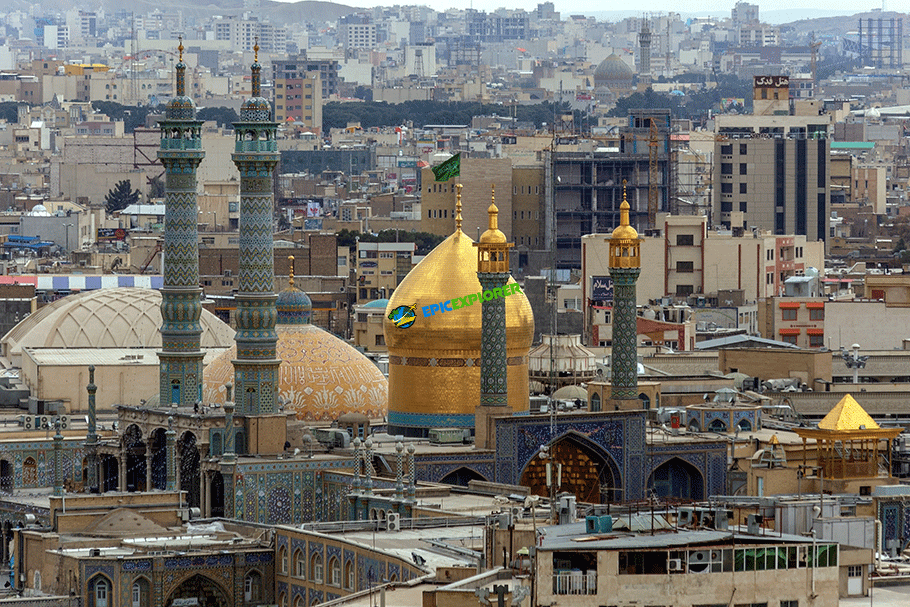
10. Qom - Center of Islamic Learning
Brief History: Qom, located in central Iran, is one of the holiest cities in Shia Islam, revered for its religious significance and theological schools. As a center of Islamic learning and scholarship, Qom has attracted scholars, theologians, and pilgrims from around the world, contributing to its reputation as an intellectual and spiritual hub. The city has a long history dating back to ancient times and has been an important cultural and religious center throughout the ages.
Best Places to Visit:
- Fatima Masumeh Shrine: Pay homage to the sister of Imam Reza at this revered shrine complex, one of the most important pilgrimage sites in Iran, featuring stunning architecture, golden domes, and intricate tilework.
- Jamkaran Mosque: Visit this historic mosque, located on the outskirts of Qom, and learn about the mystical significance of Jamkaran, where according to Shia tradition, the Mahdi will reappear at the end of times.
- Qom Grand Bazaar: Explore the bustling alleys and vibrant marketplaces of Qom's historic bazaar, filled with shops selling religious items, books, and handicrafts, and experience the unique atmosphere of the city.
Best Time to Visit: The best time to visit Qom is during the spring (March to May) and autumn (September to November) when the weather is mild and conducive to exploring the city's religious and cultural attractions.